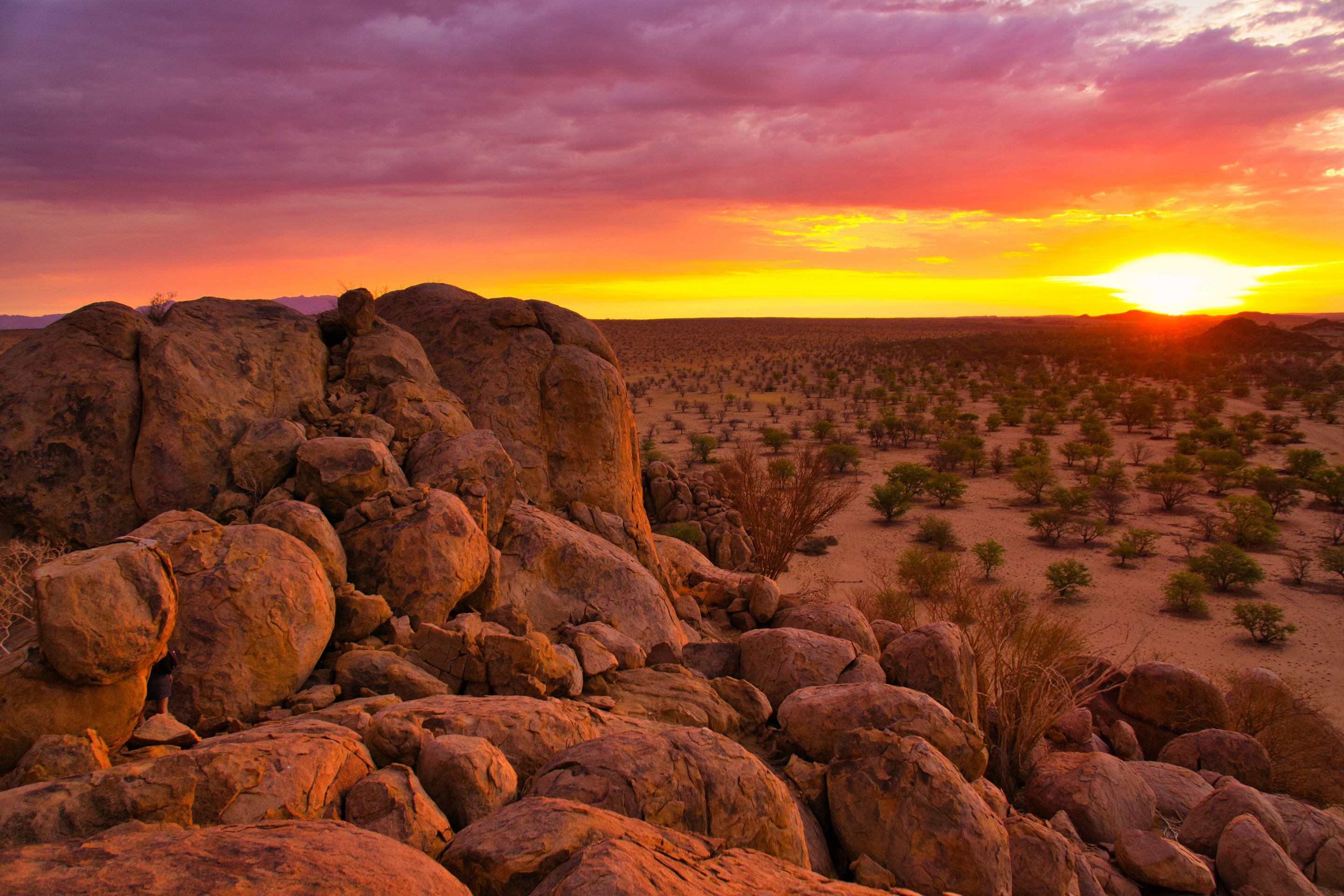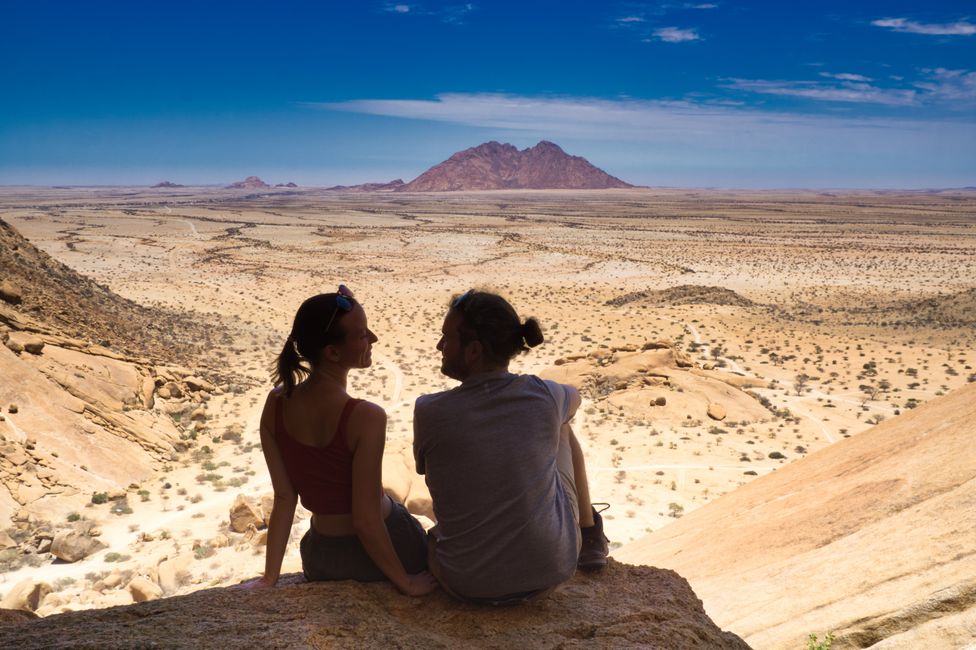Botswana - Into the wild!
പ്രസിദ്ധീകരിച്ചു: 25.06.2022
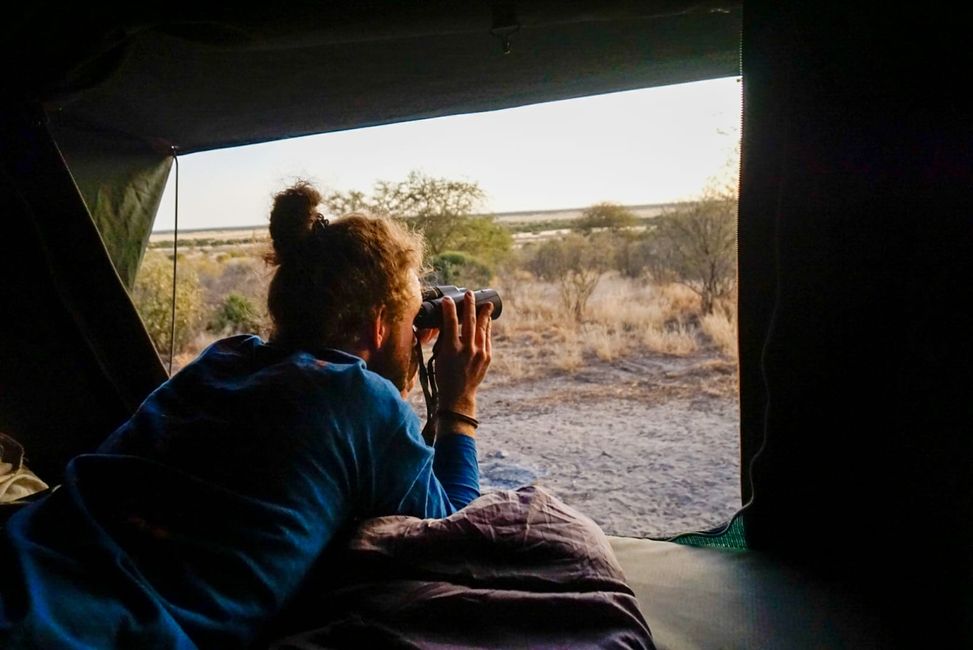
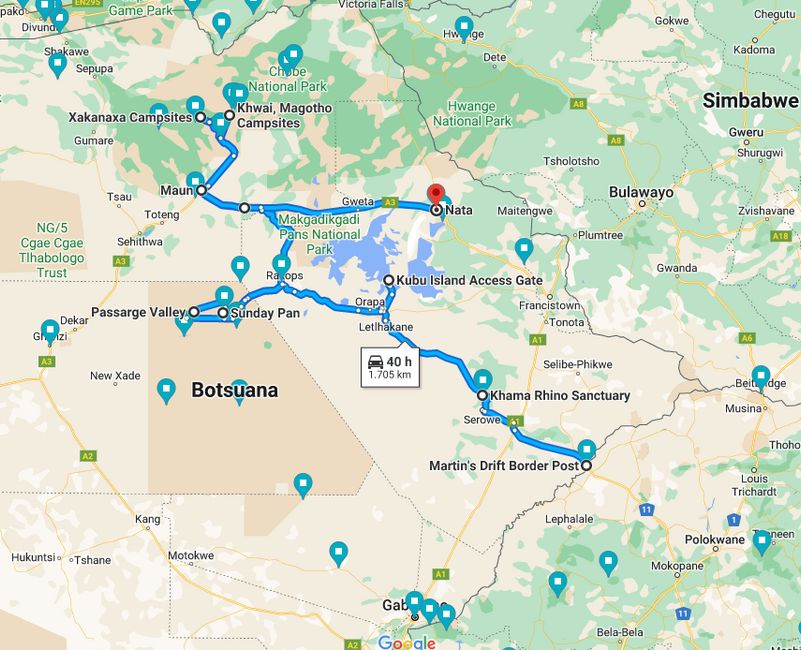
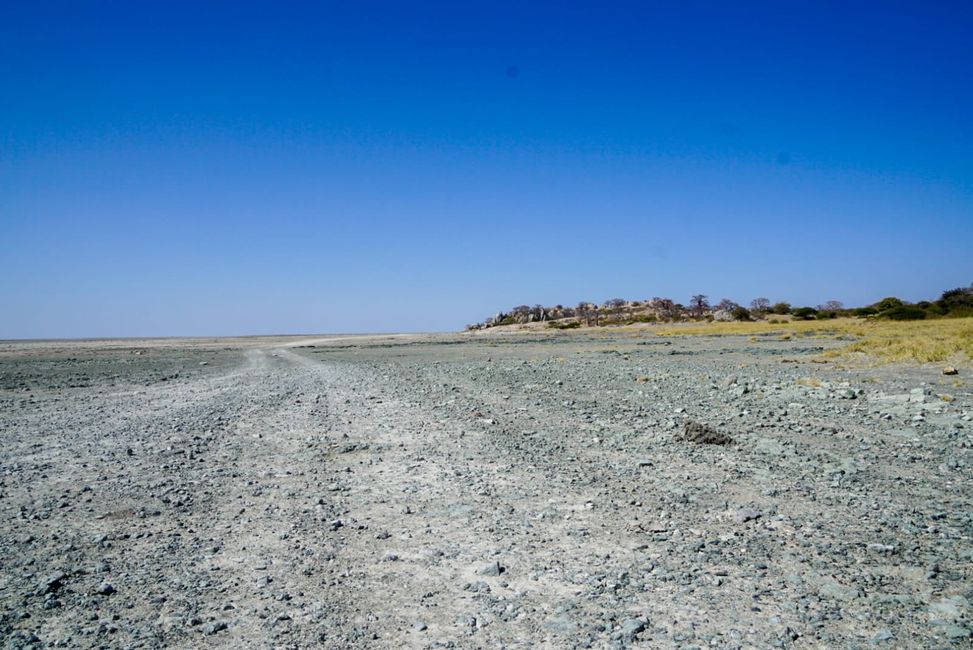
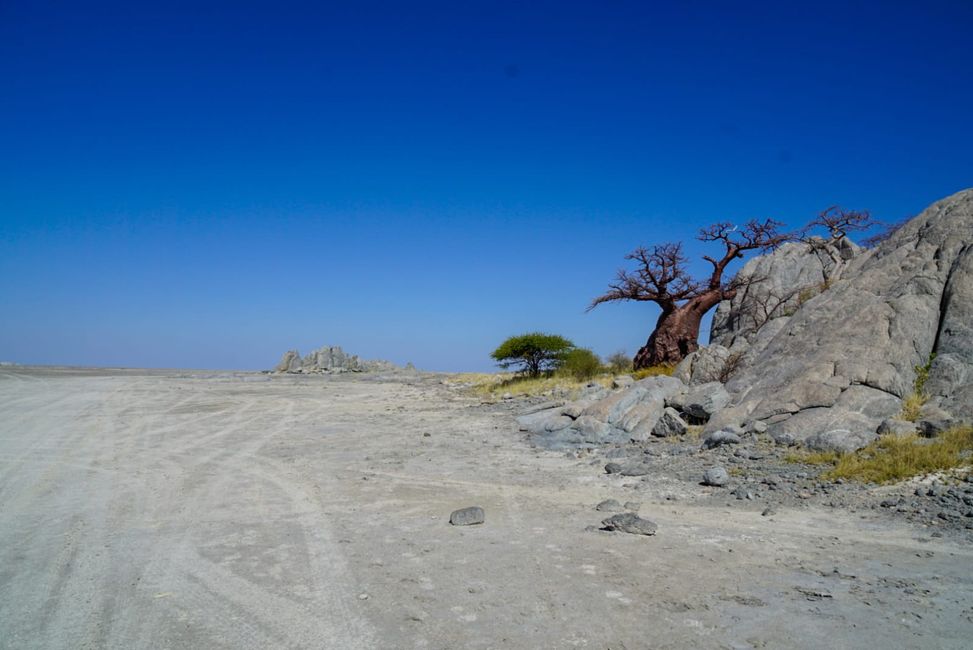
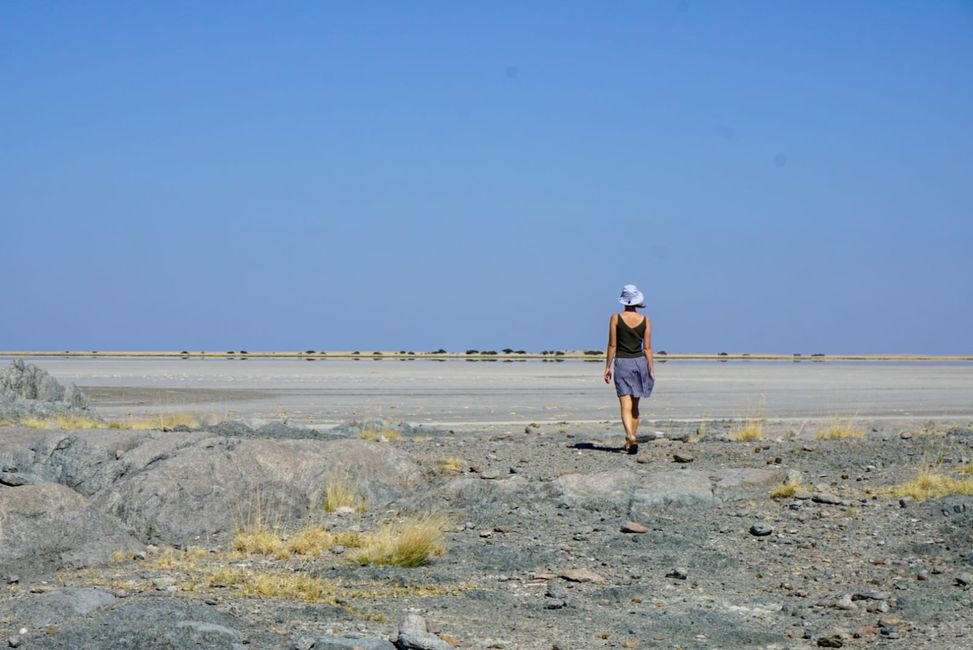
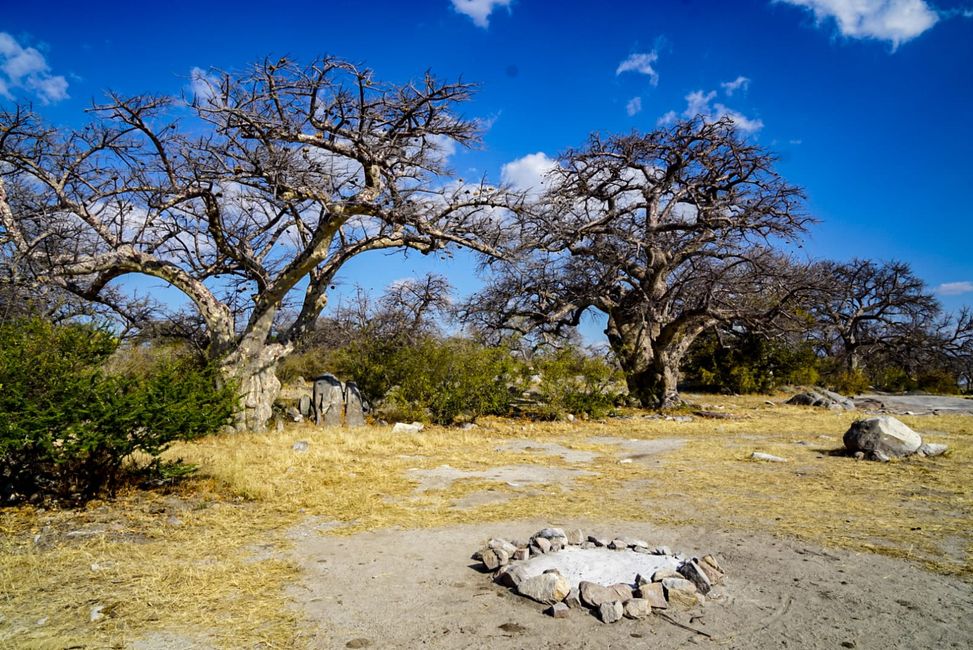
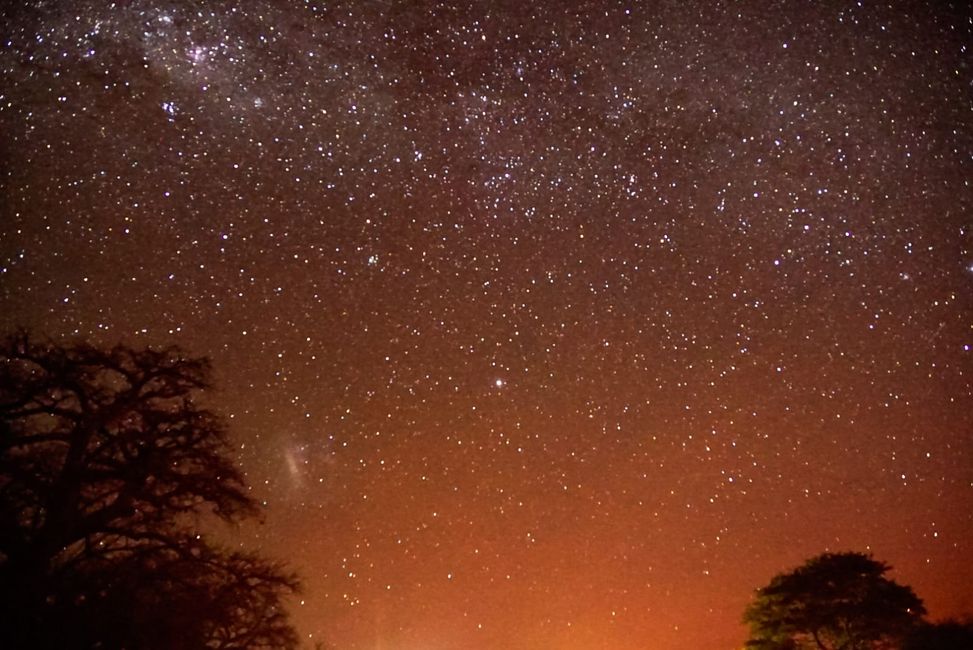
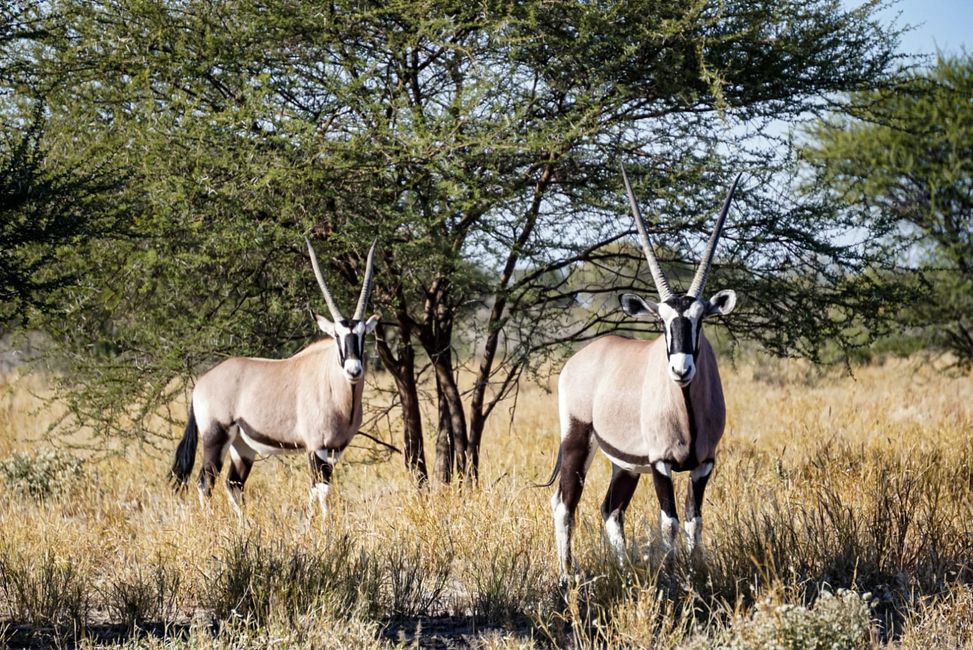
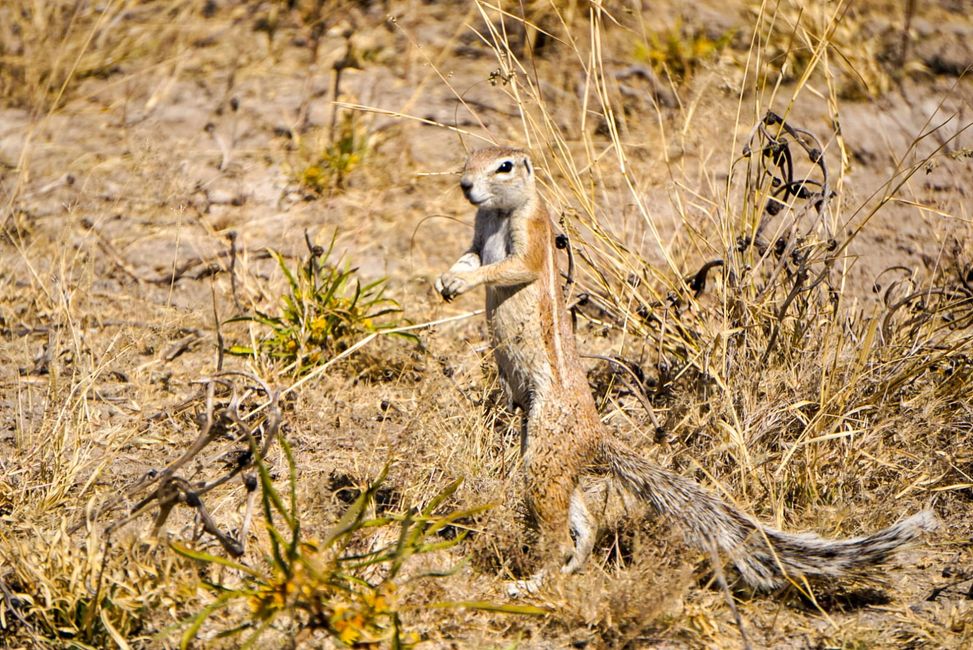
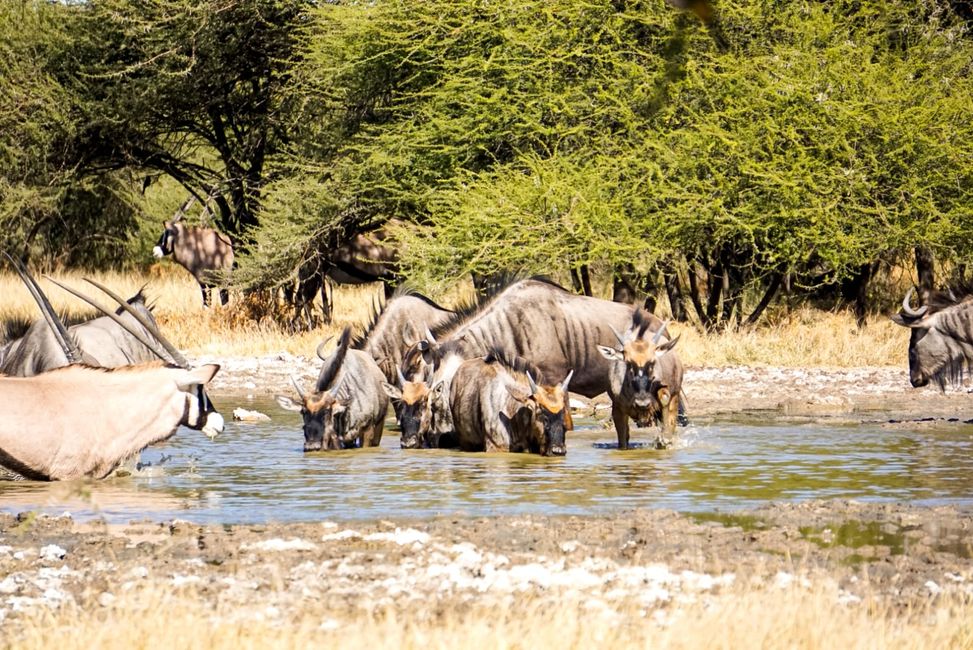
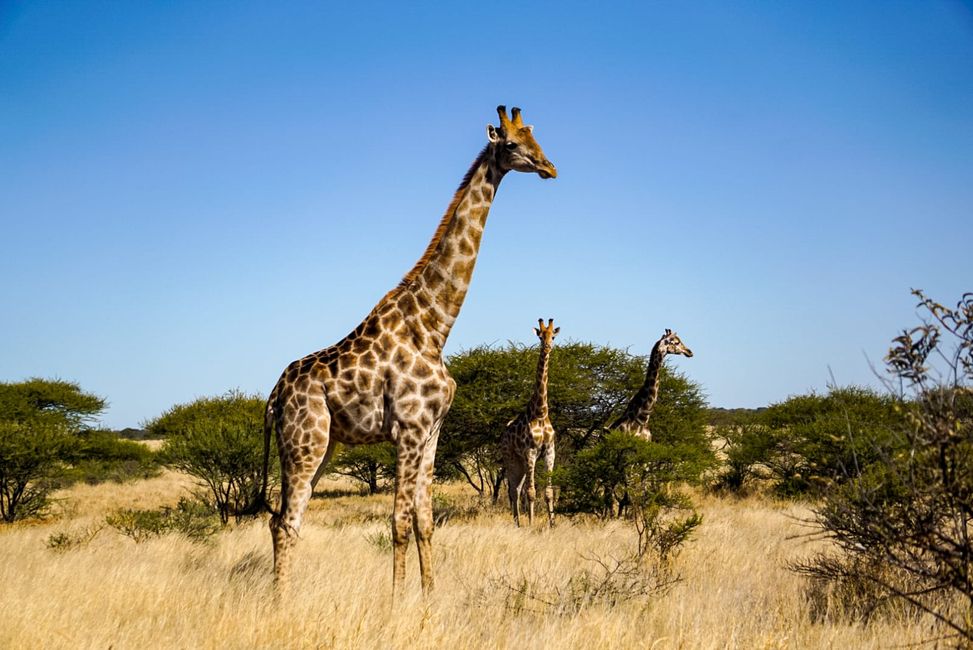
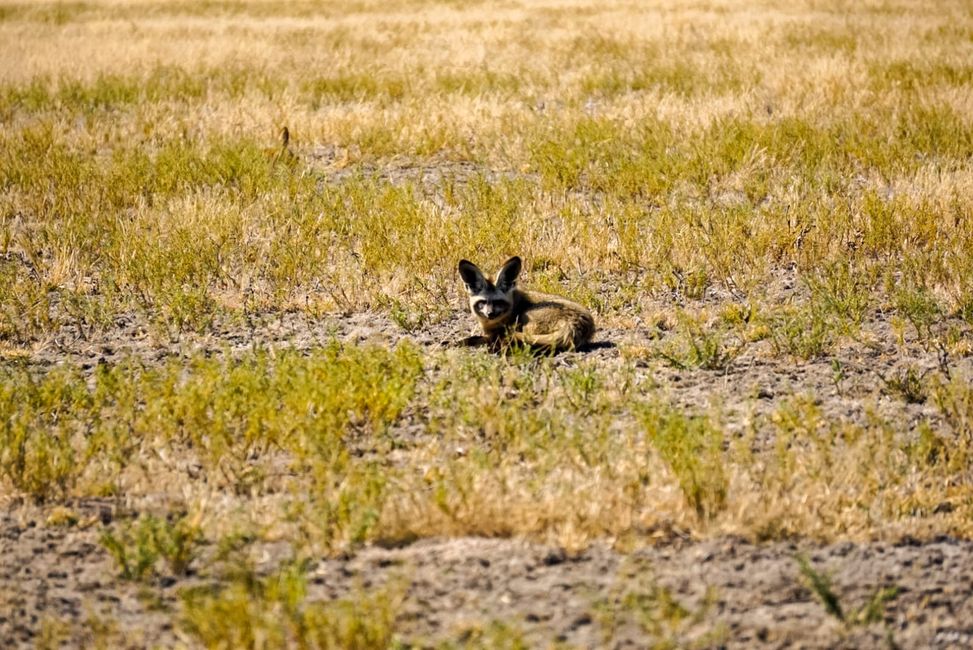
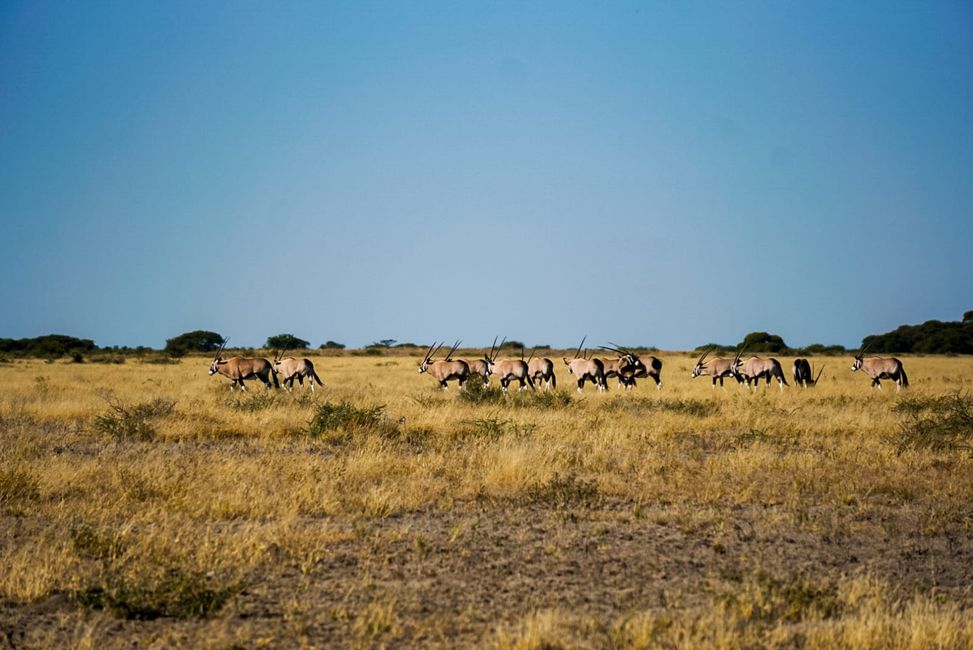
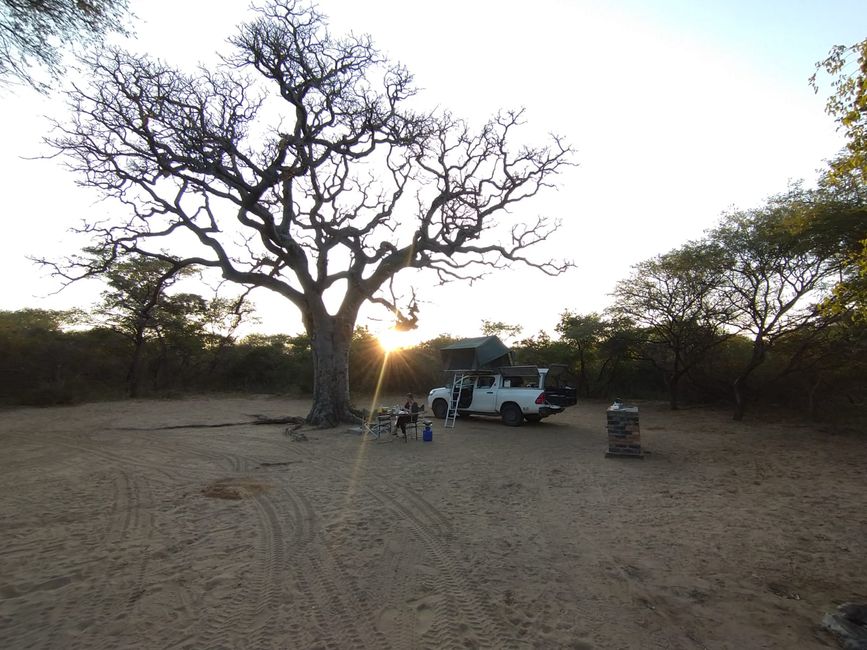
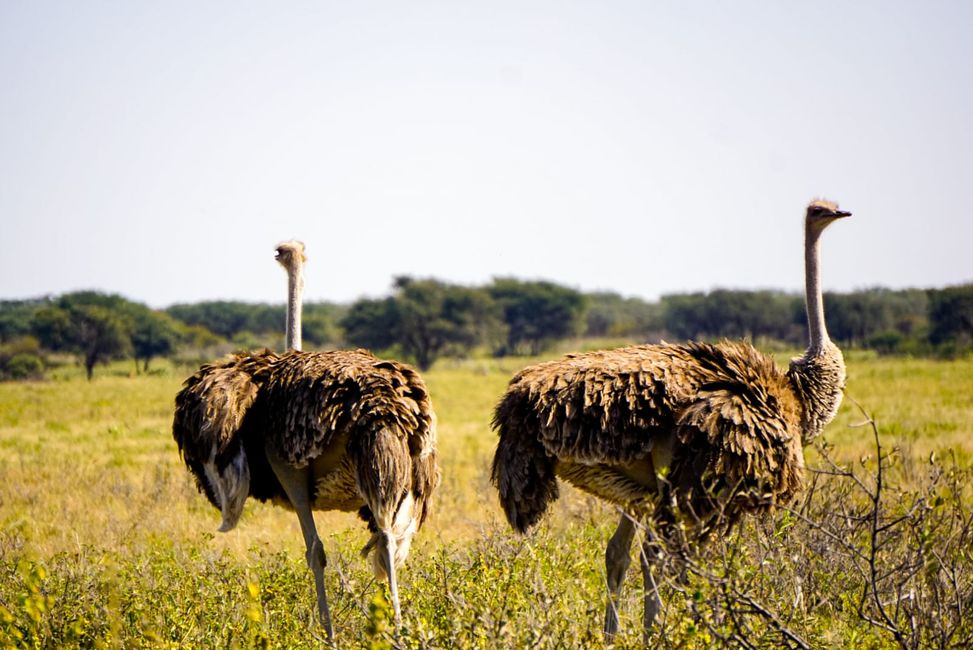
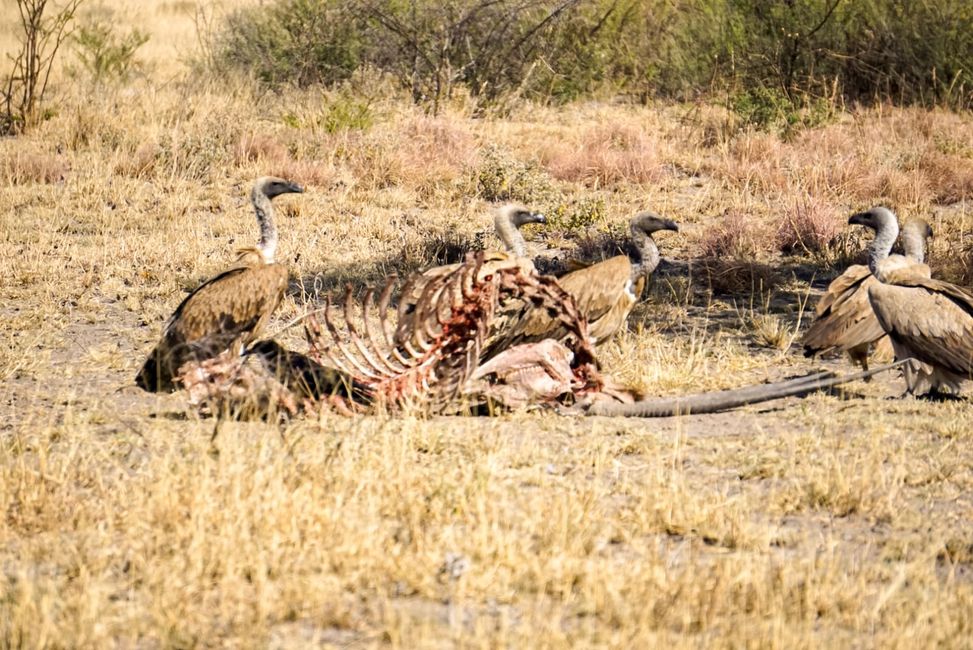
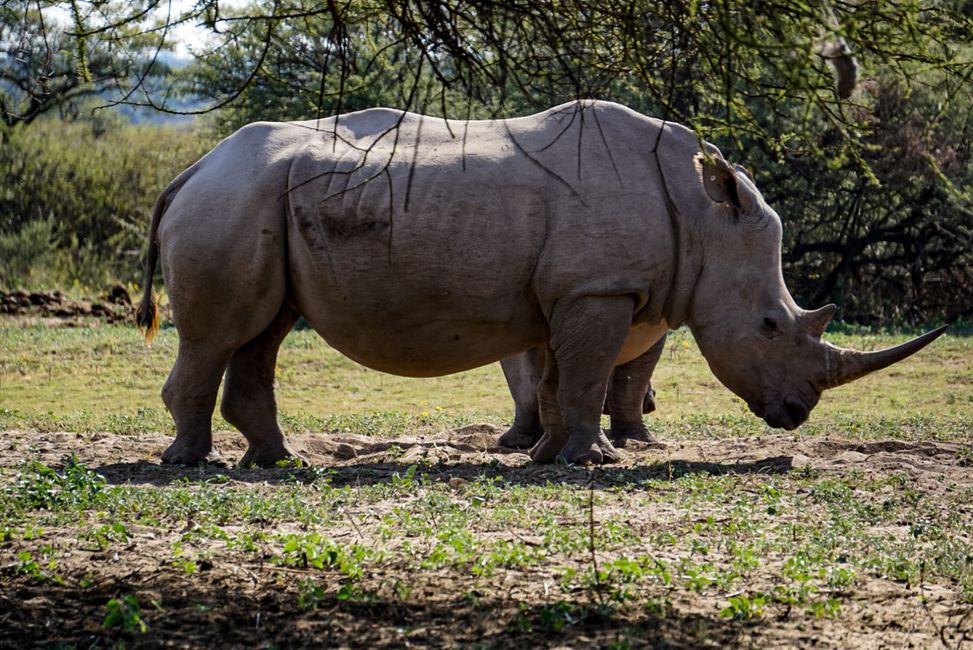
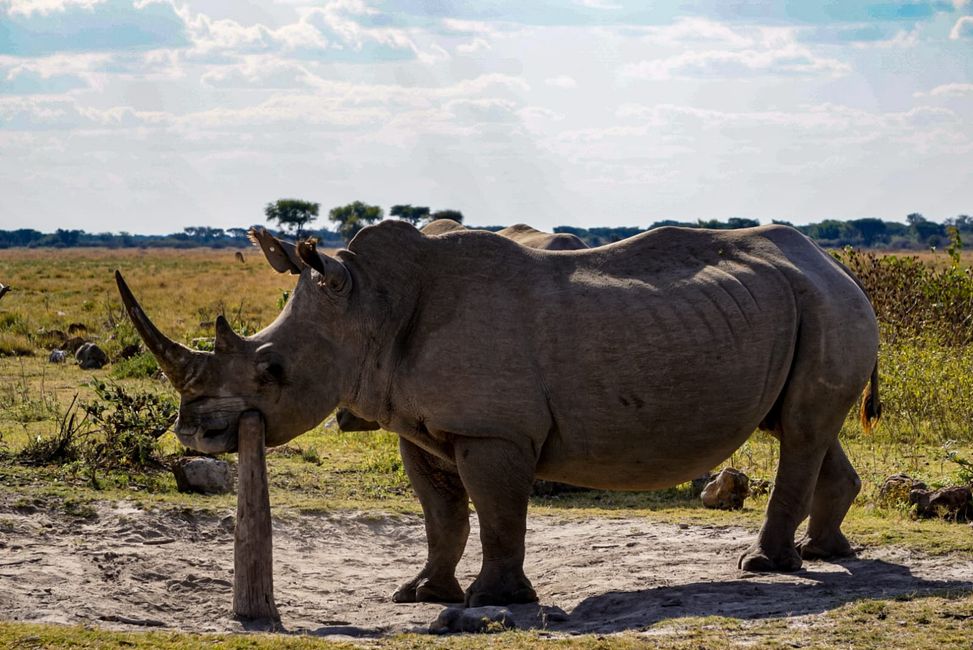
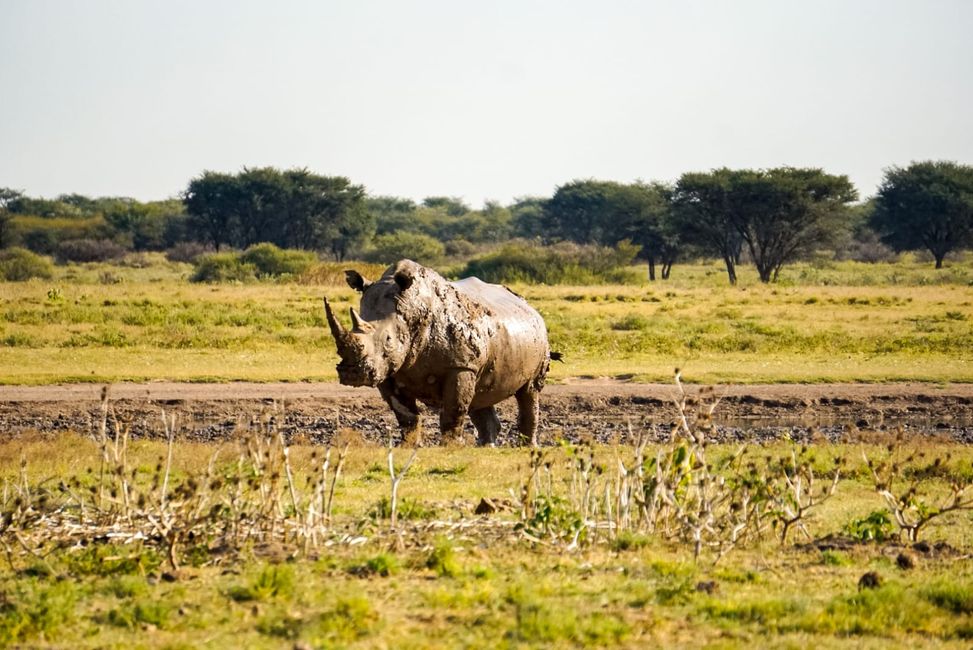
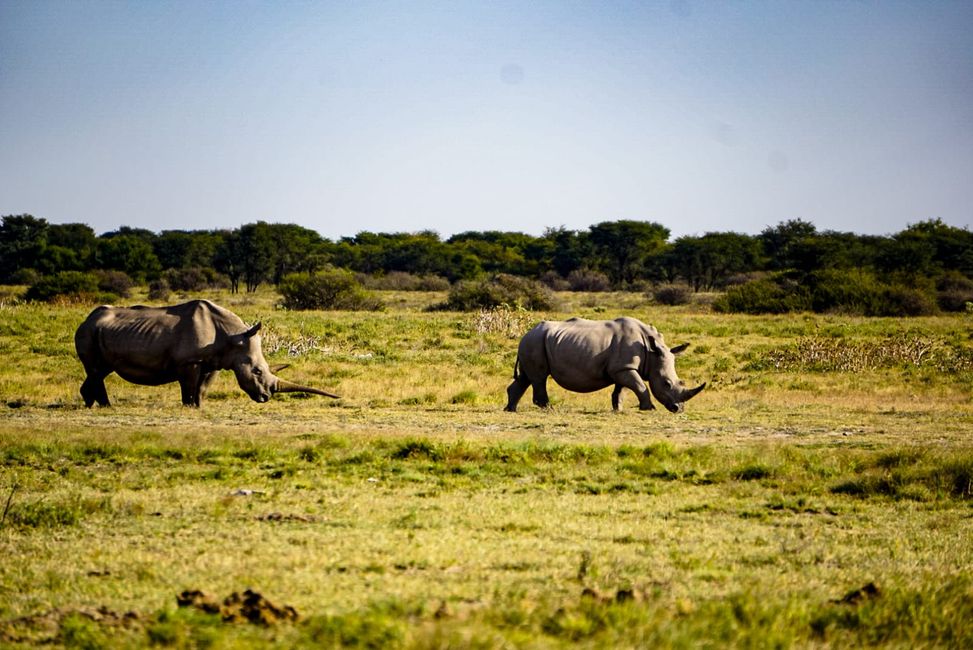
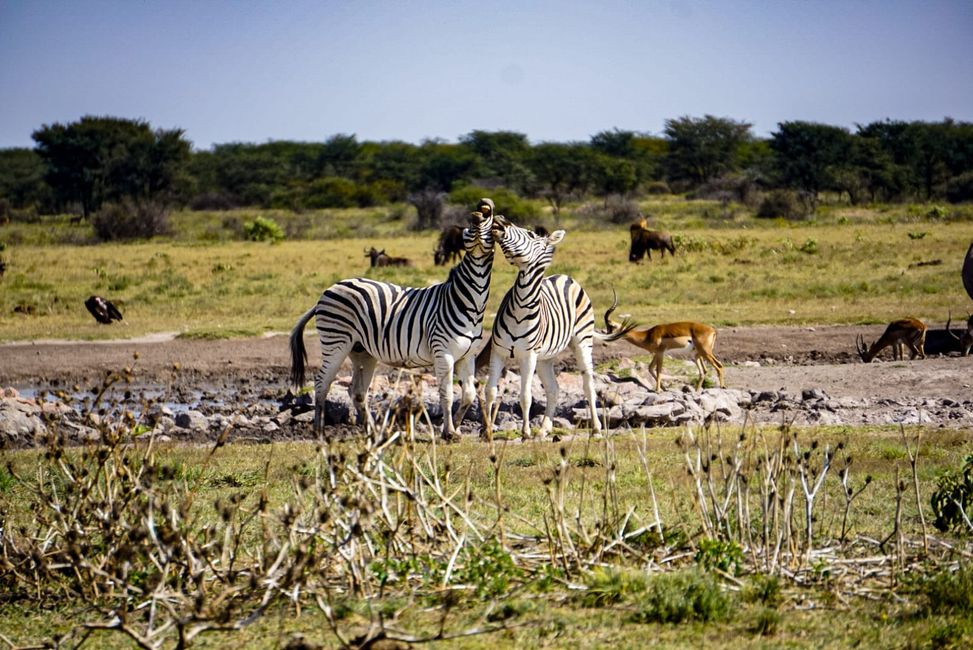
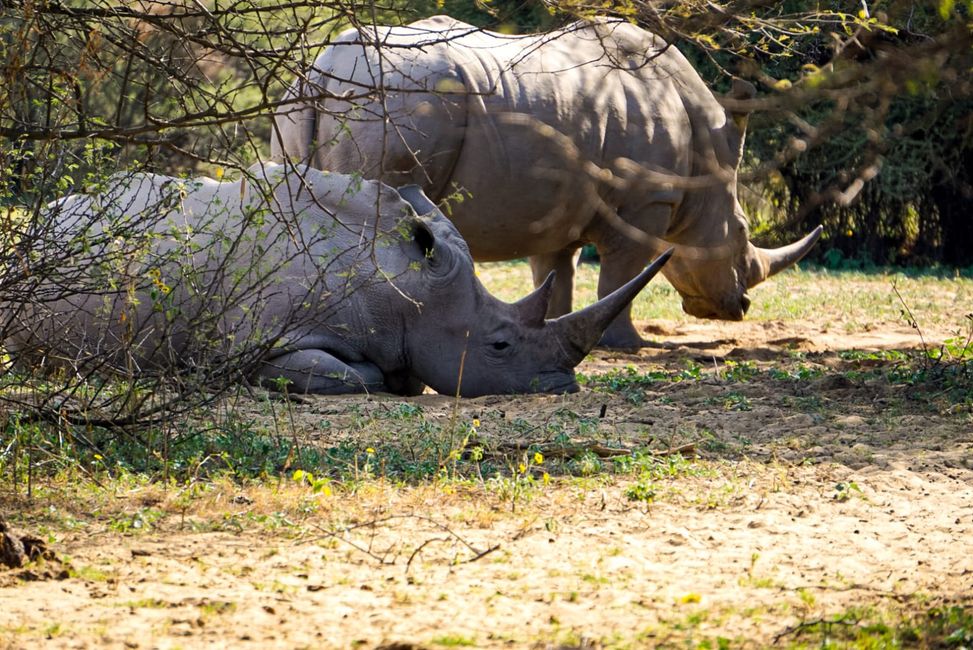
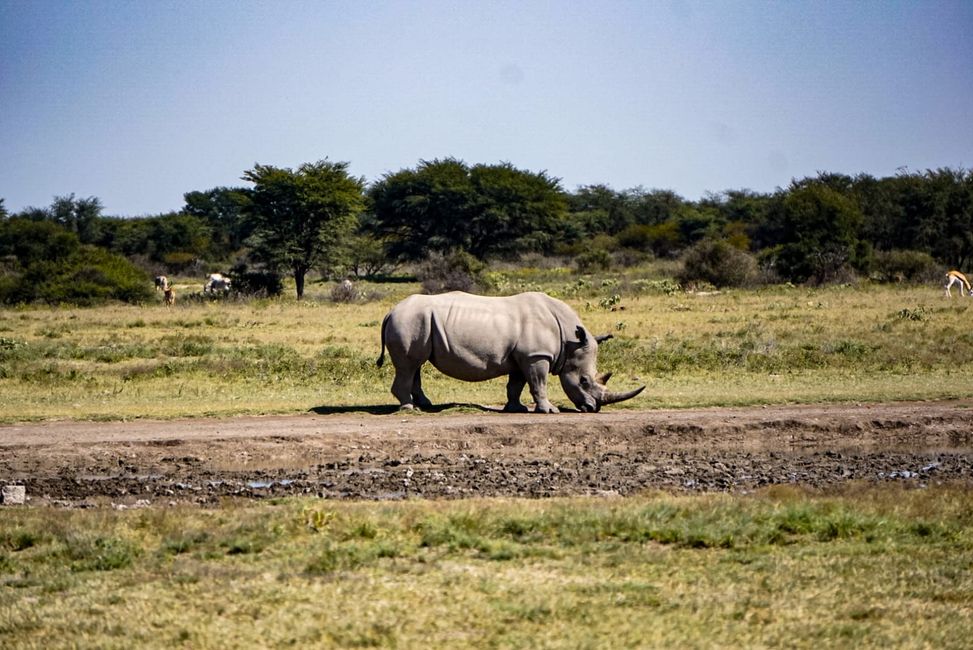
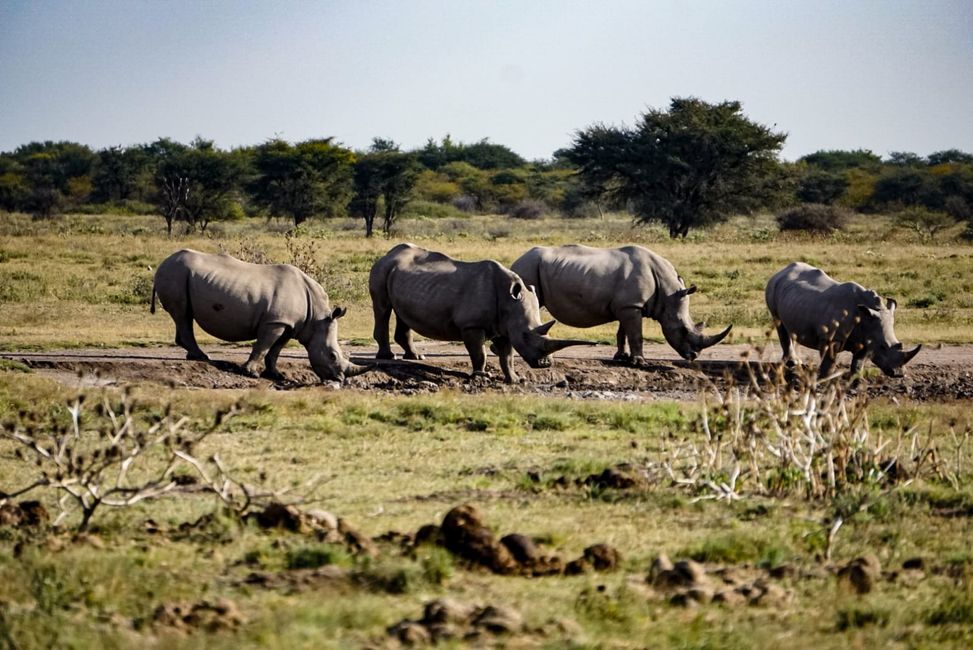
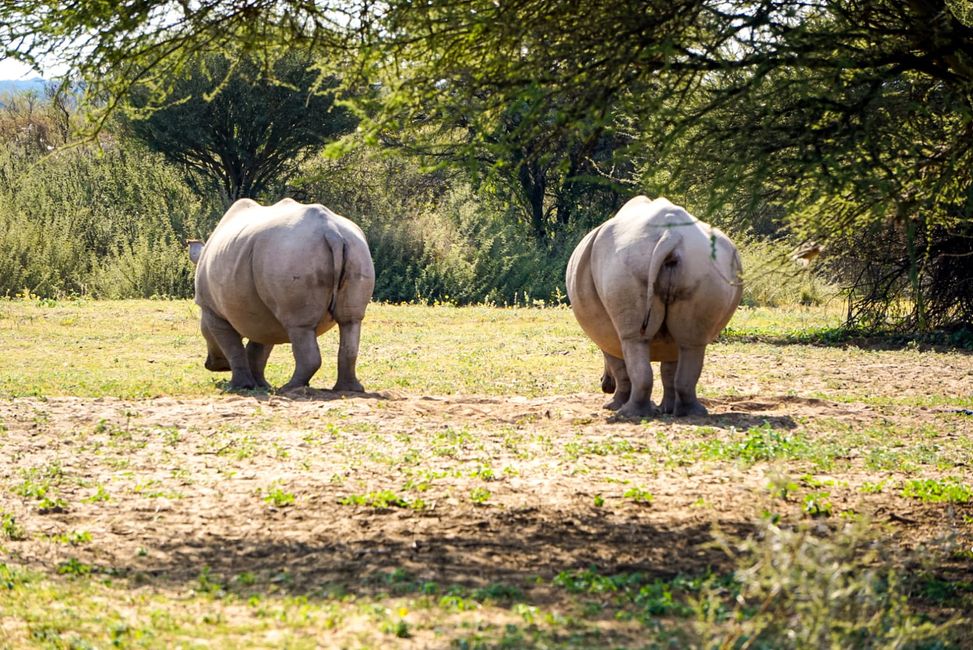
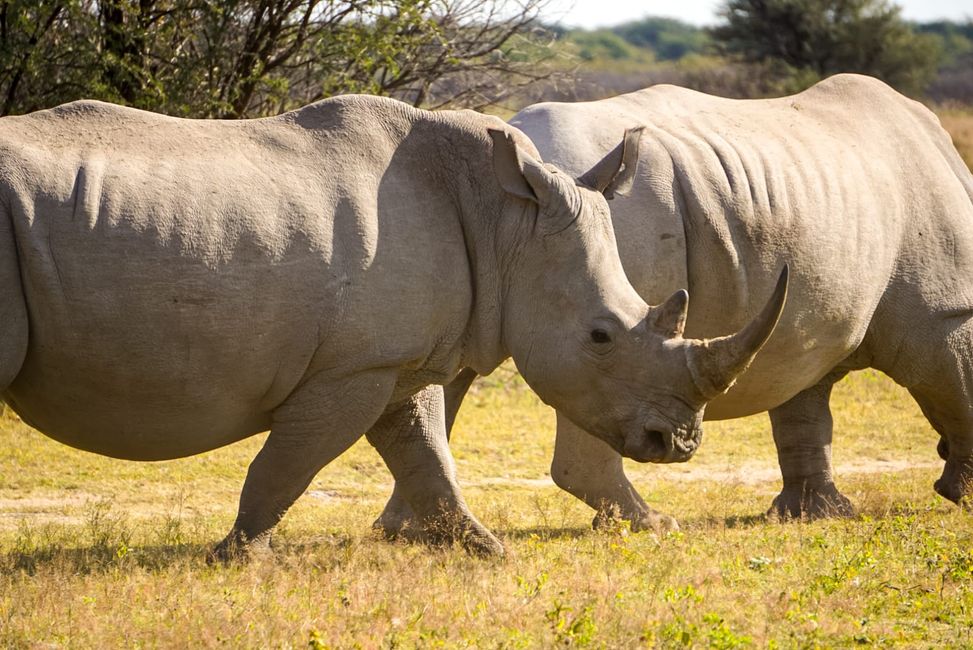
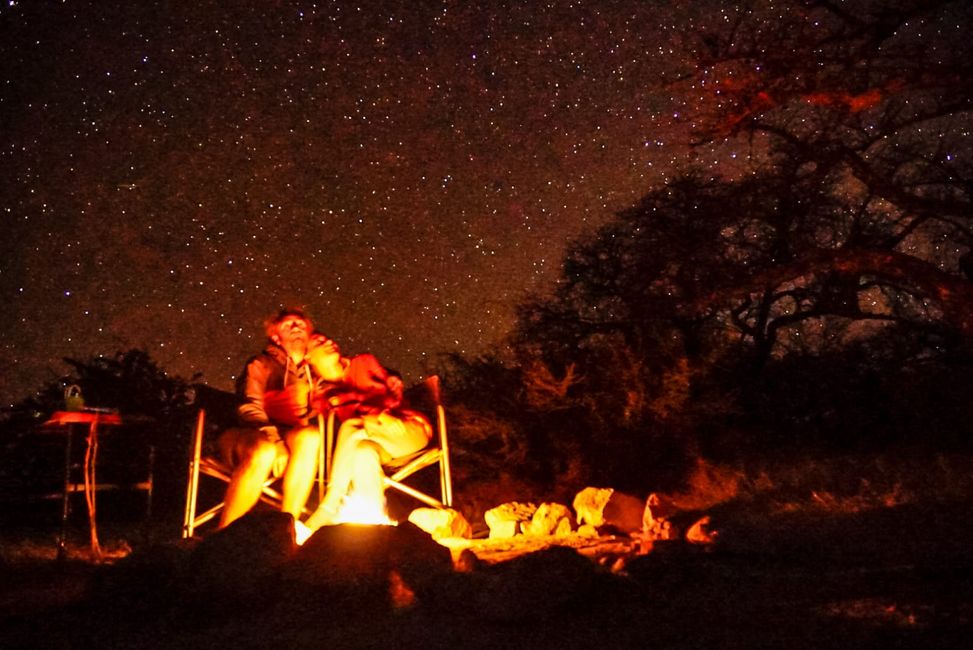
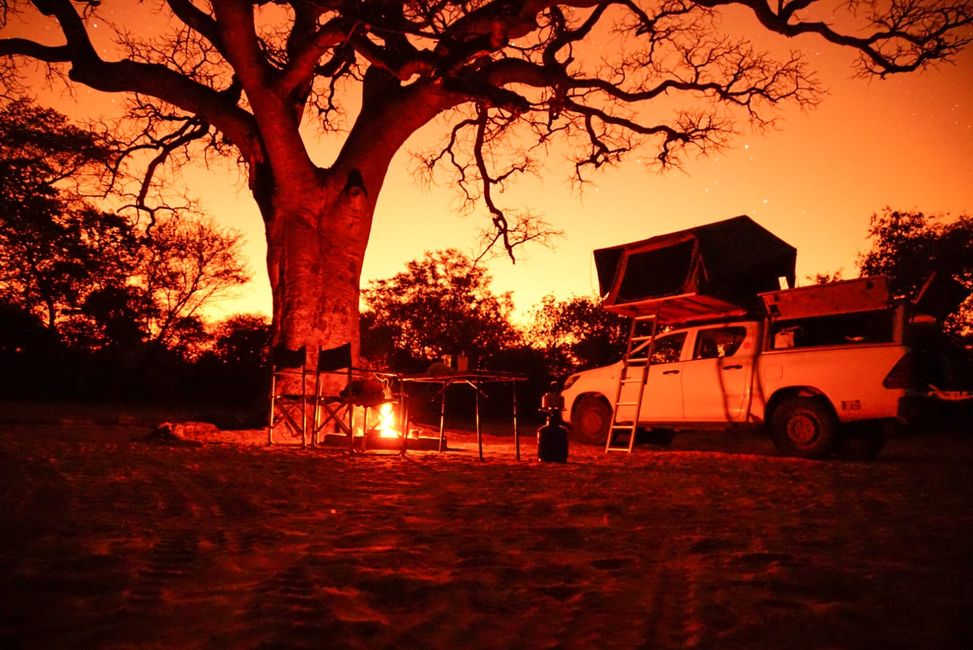
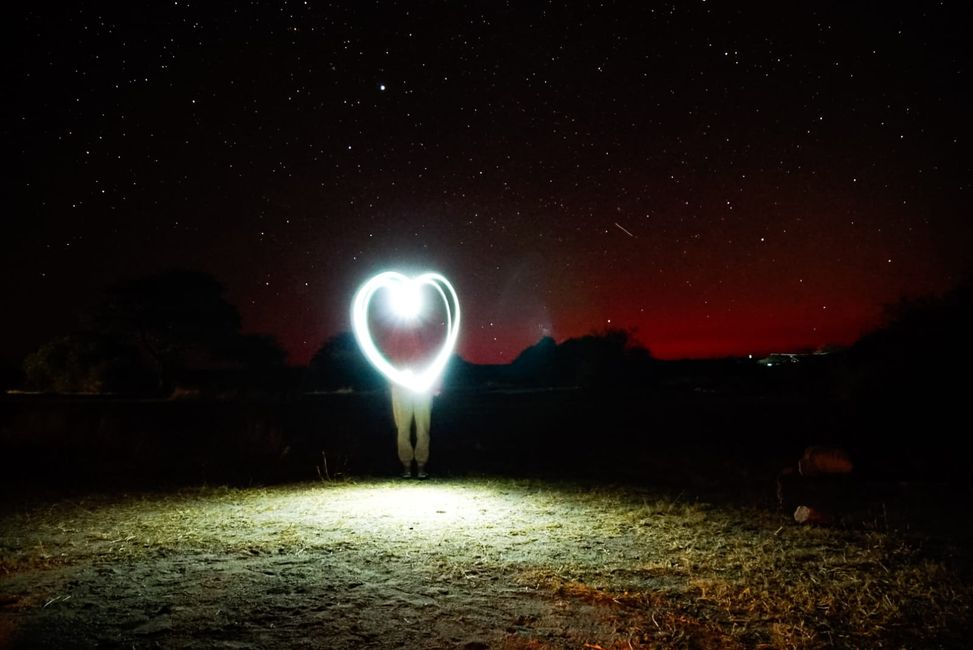
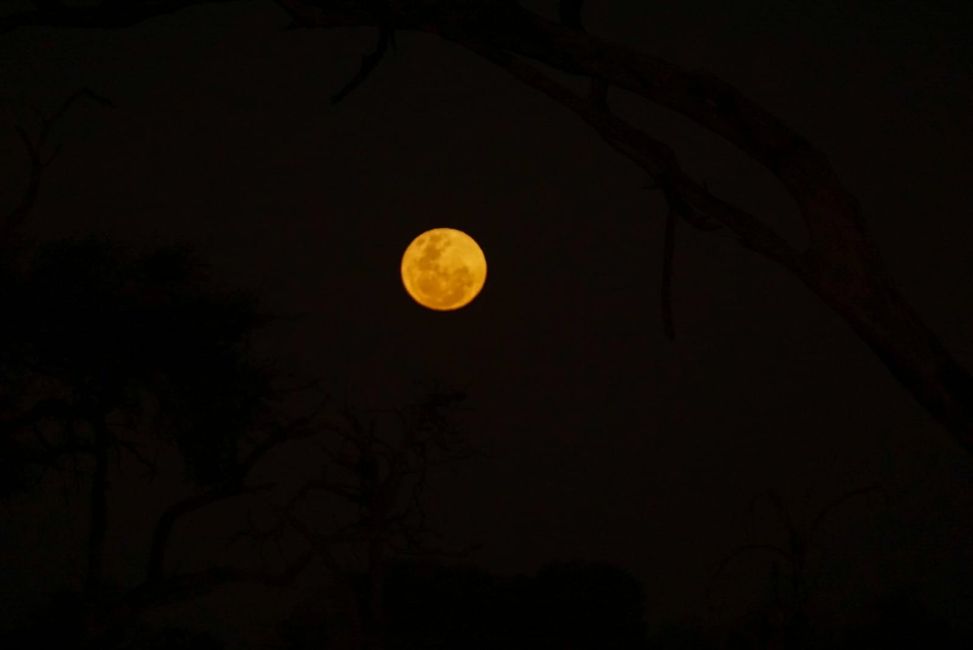
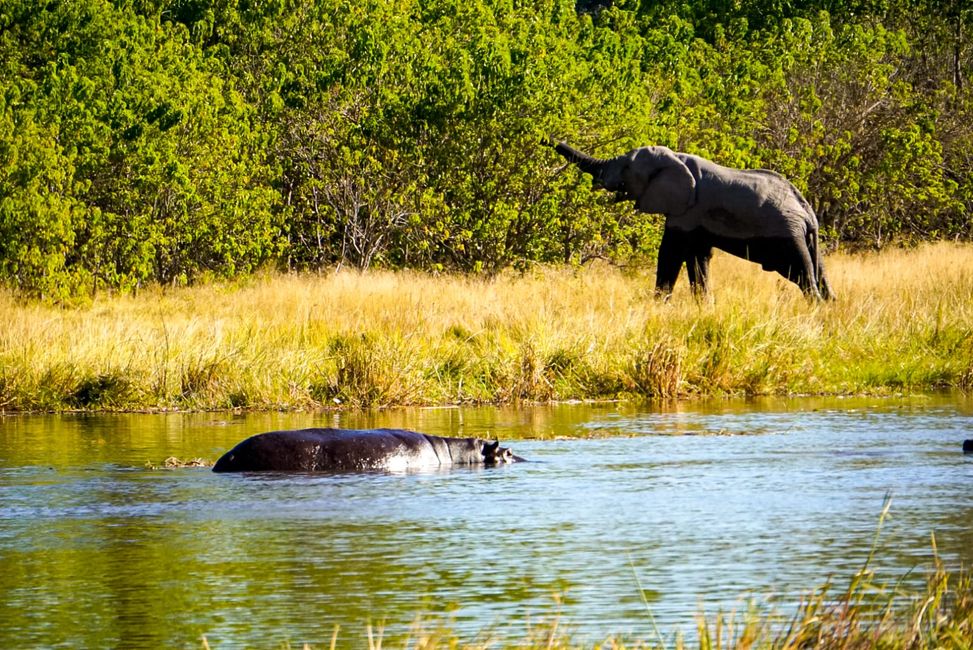
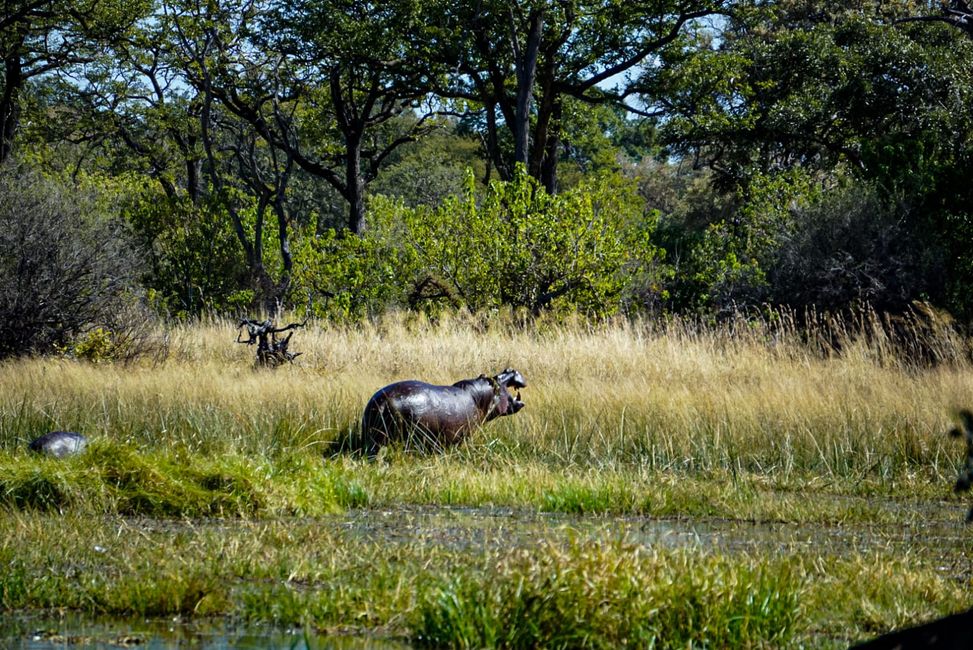
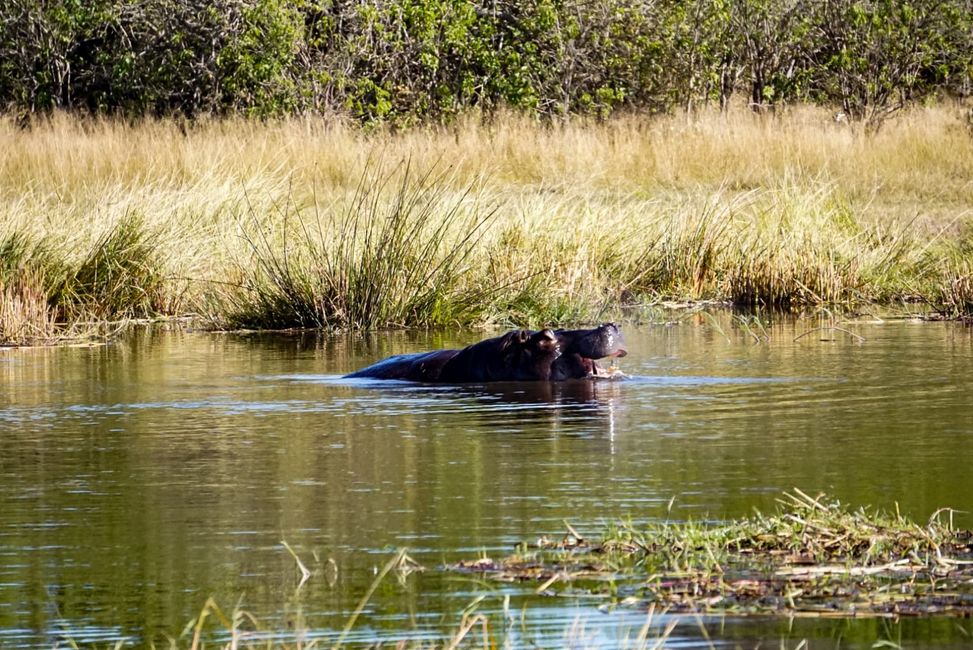
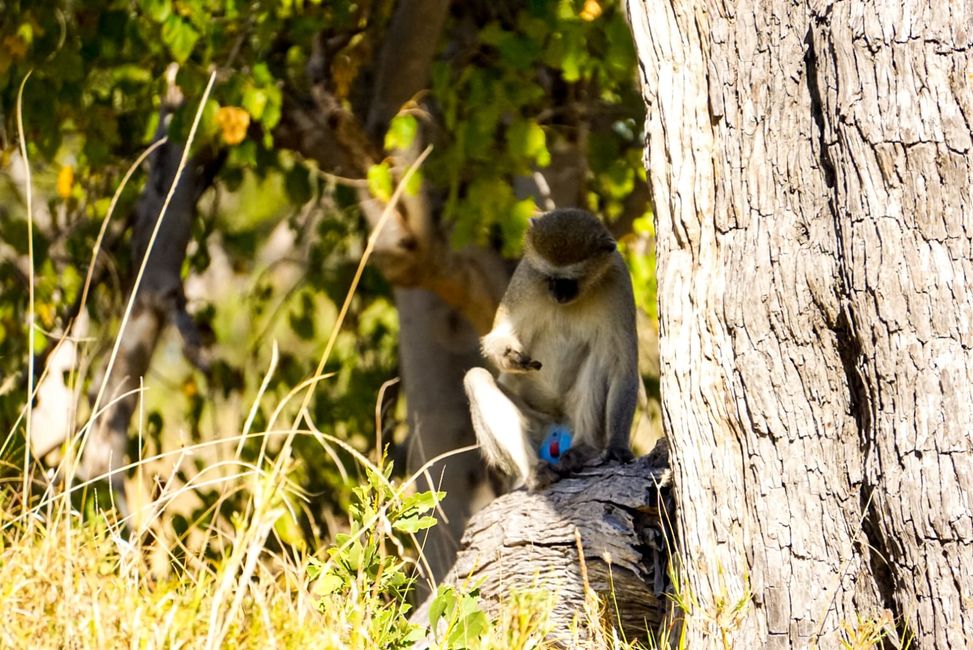
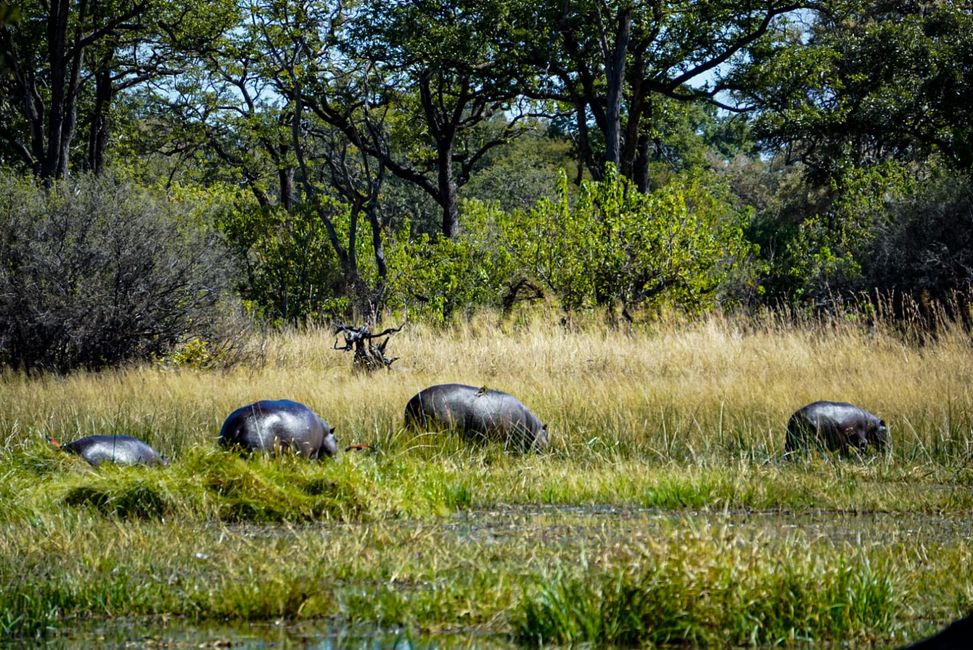
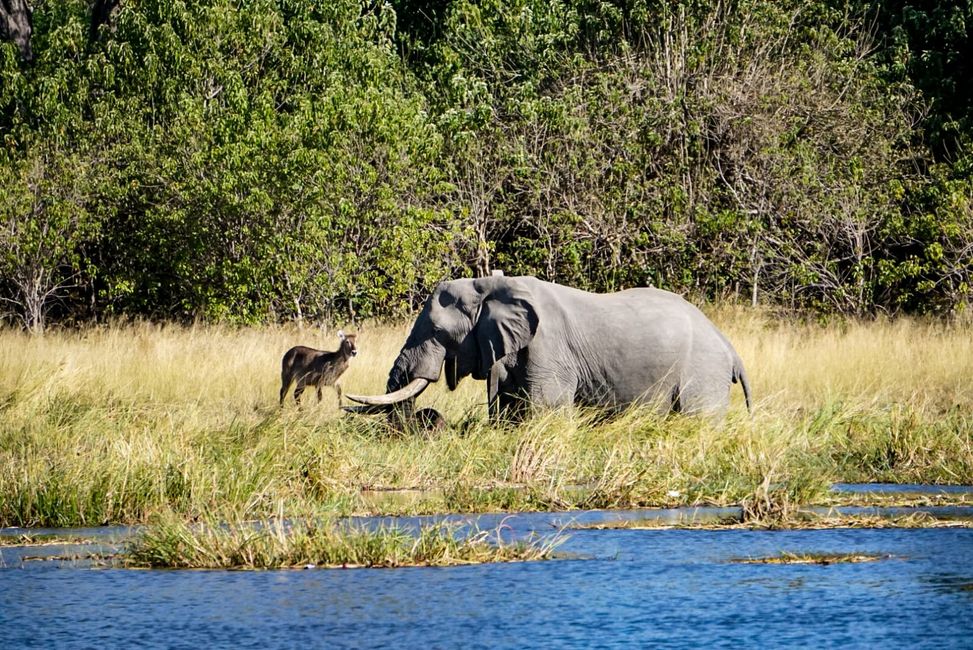
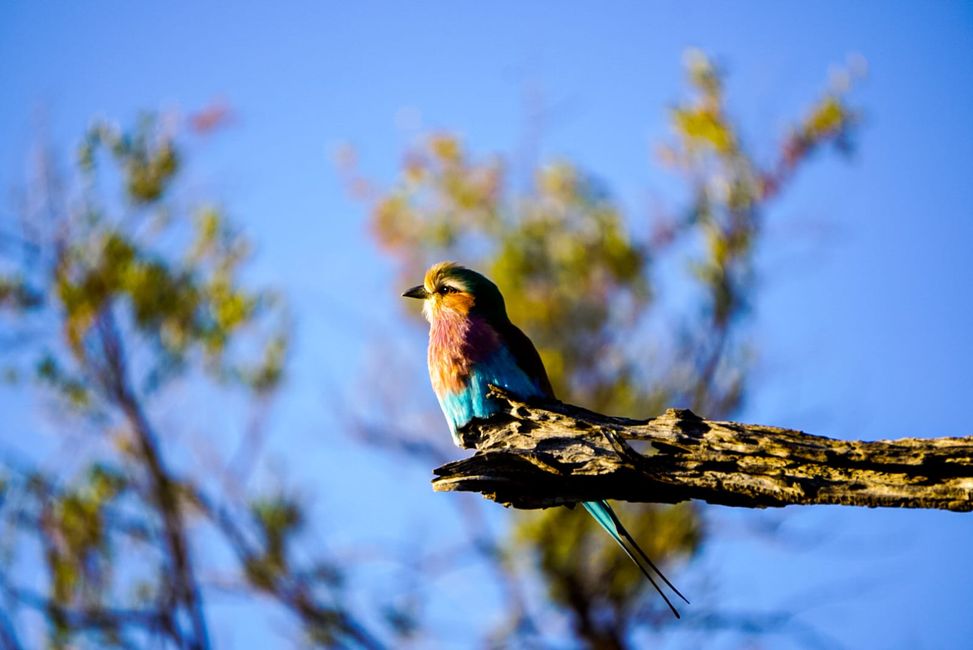
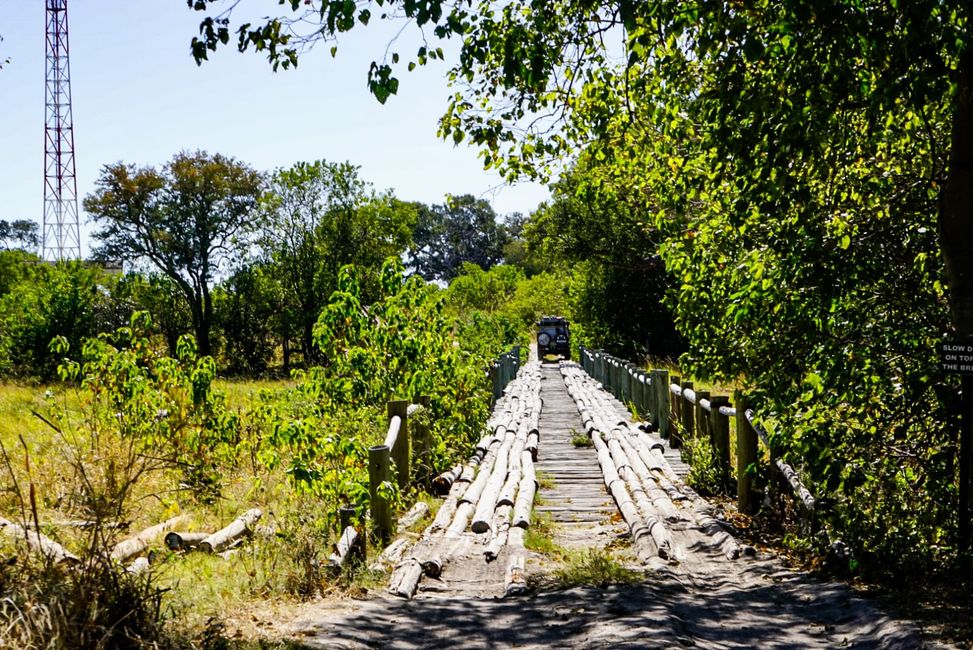
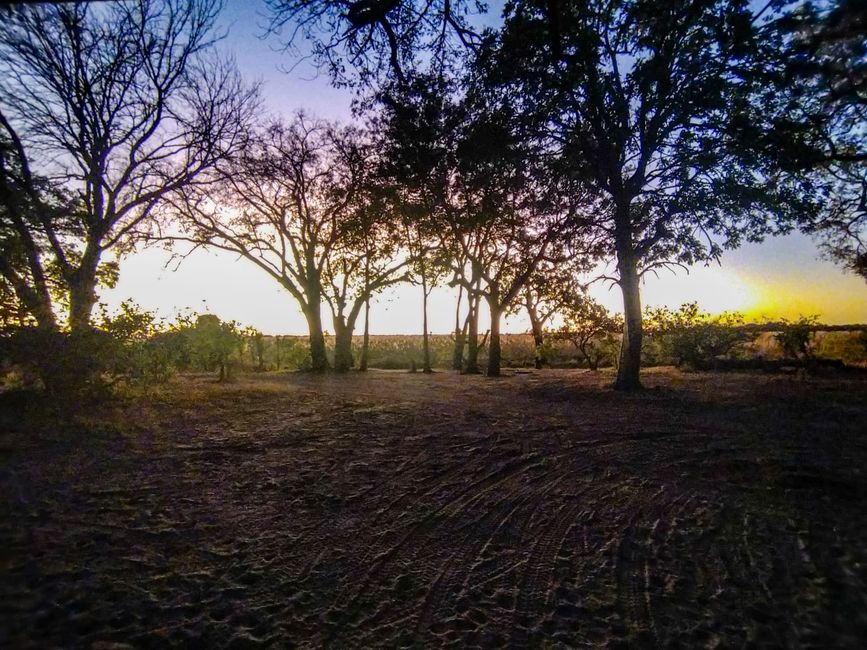
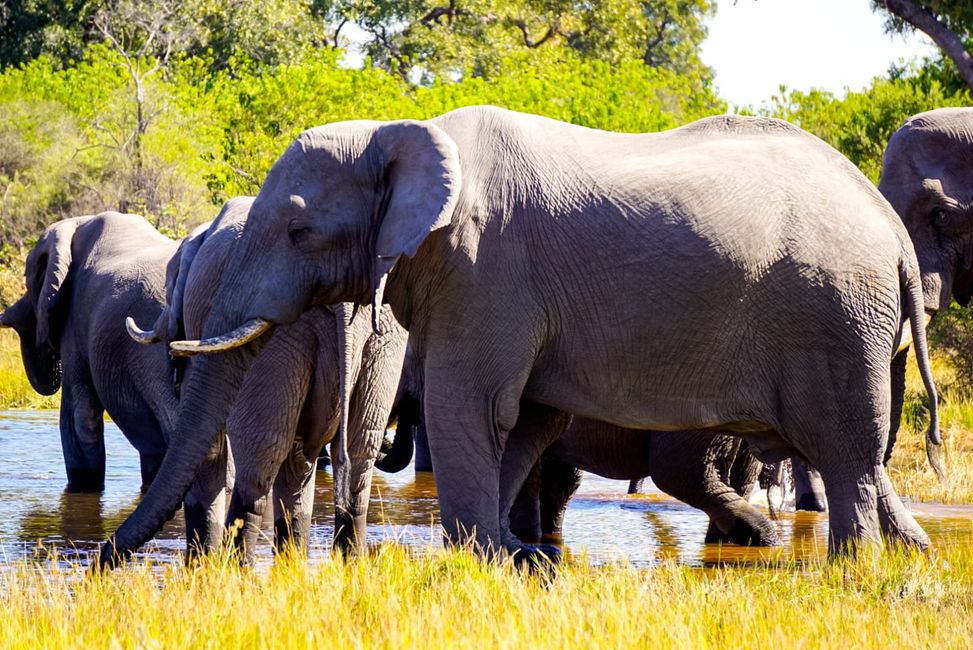
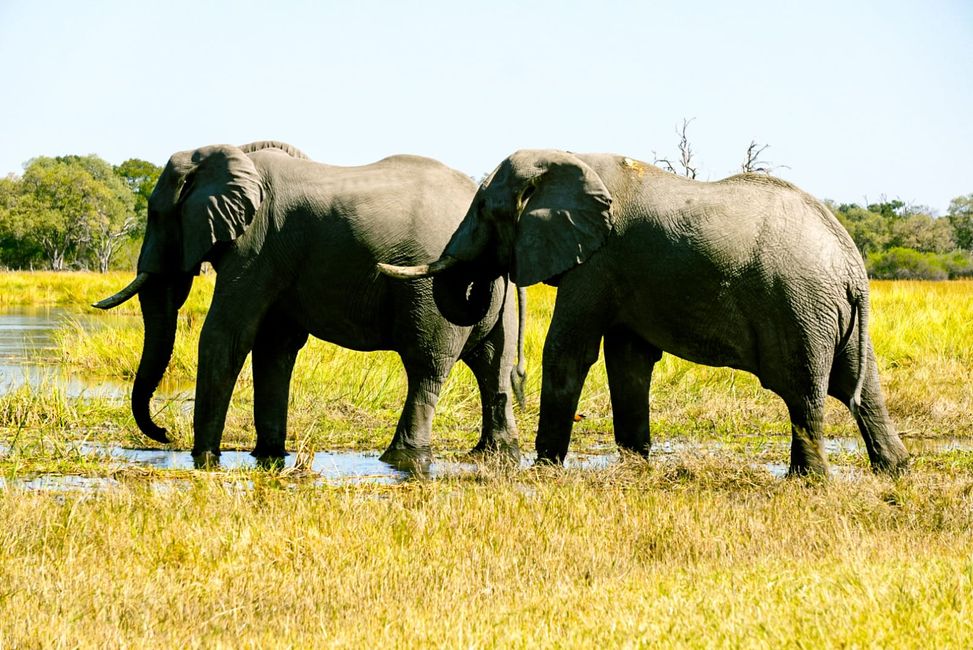
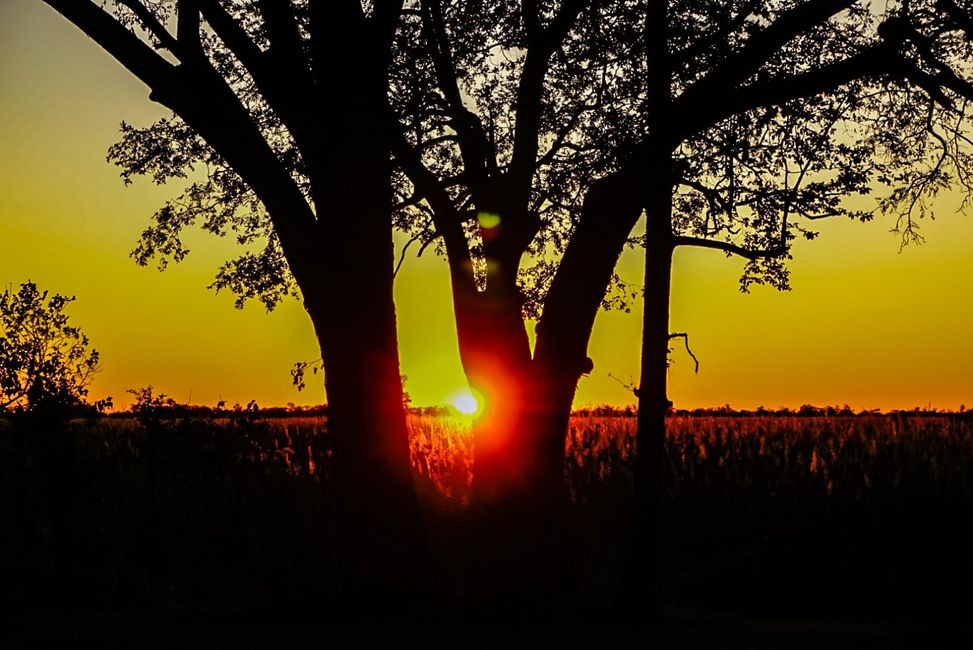
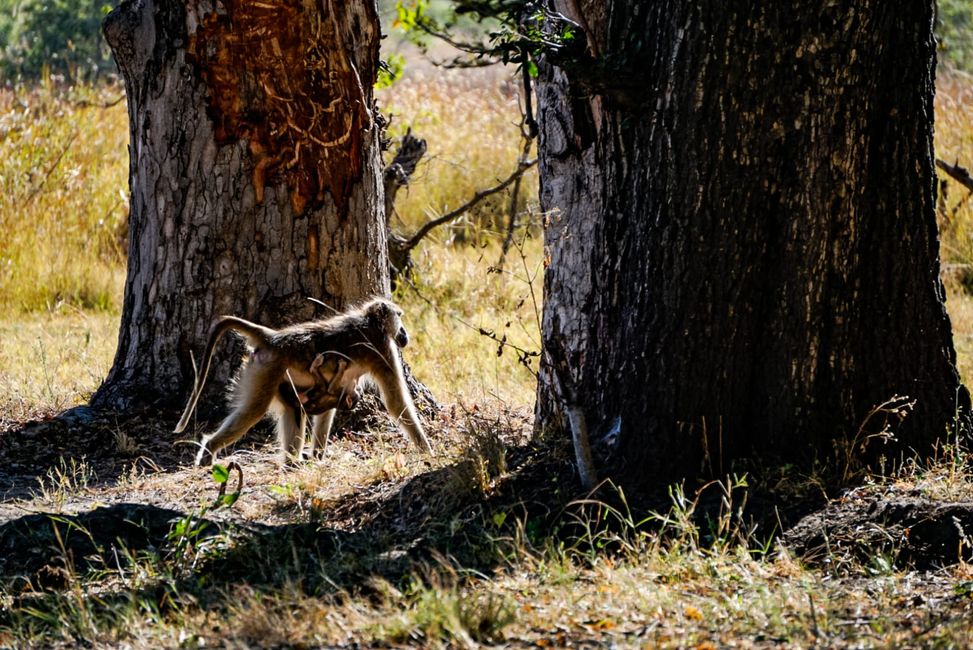
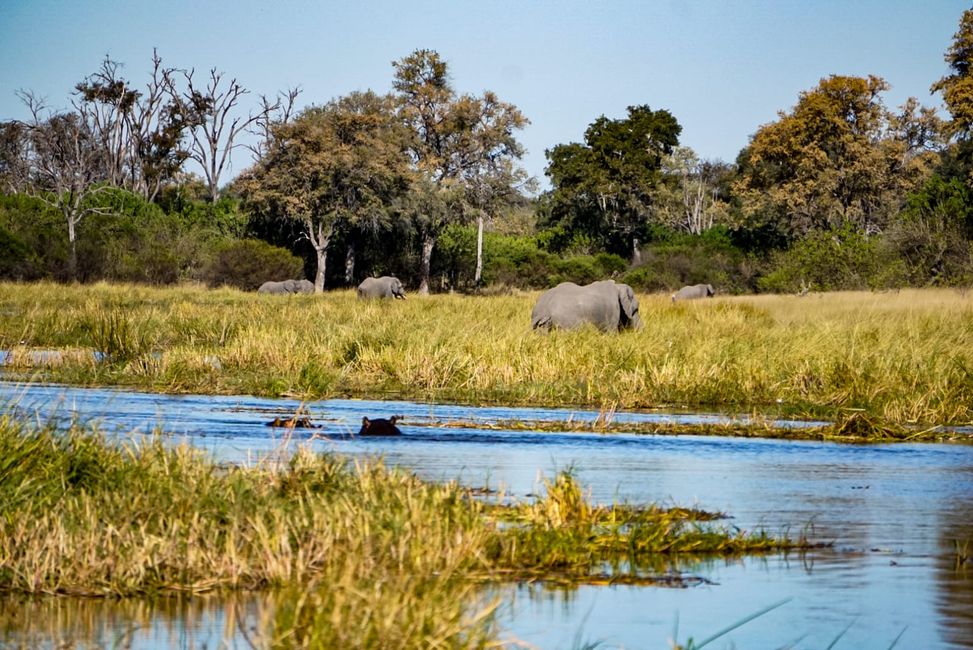
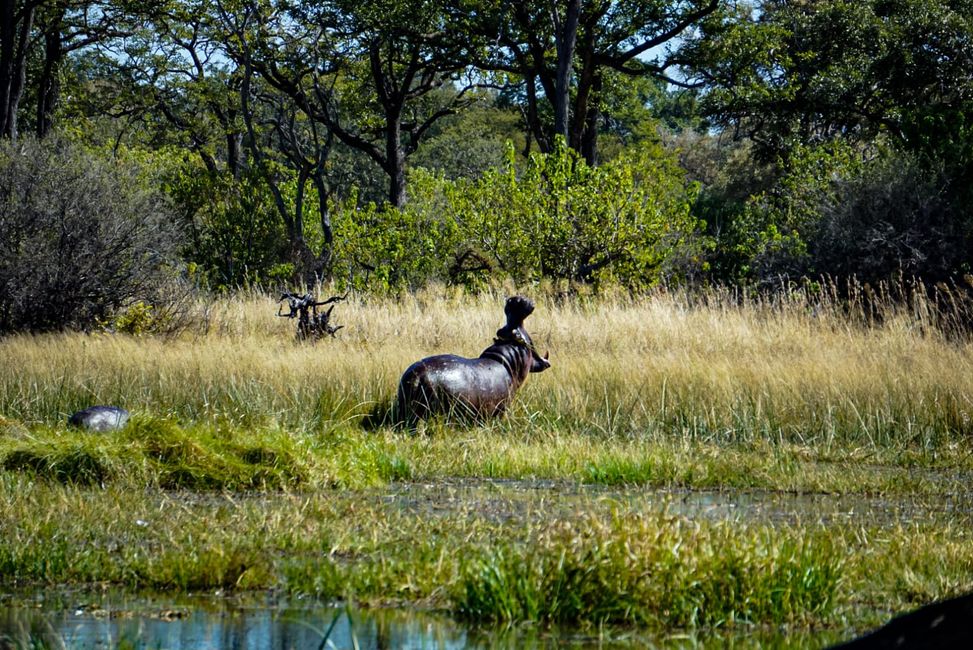
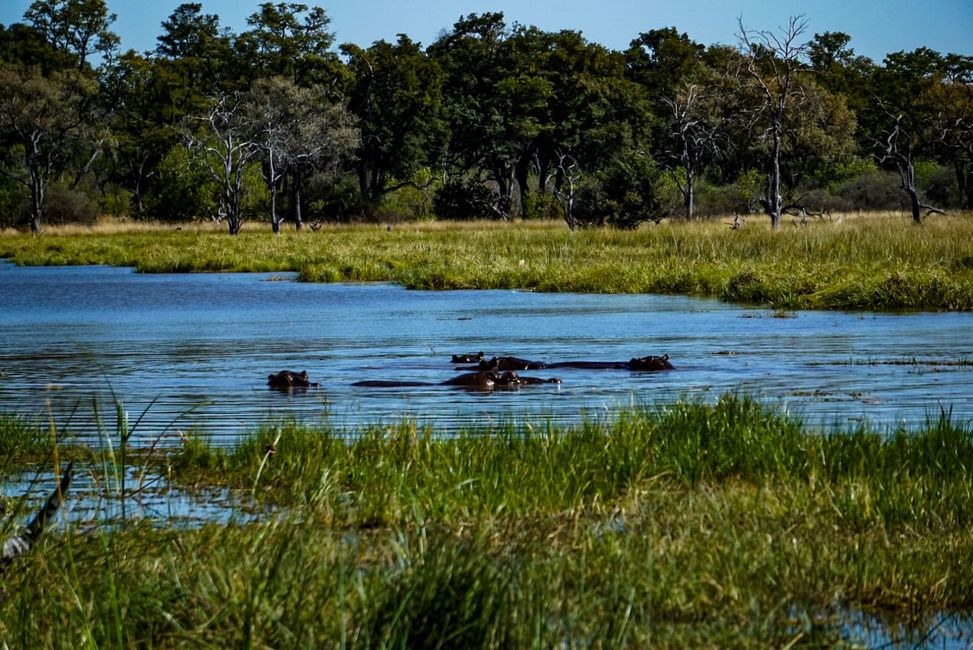
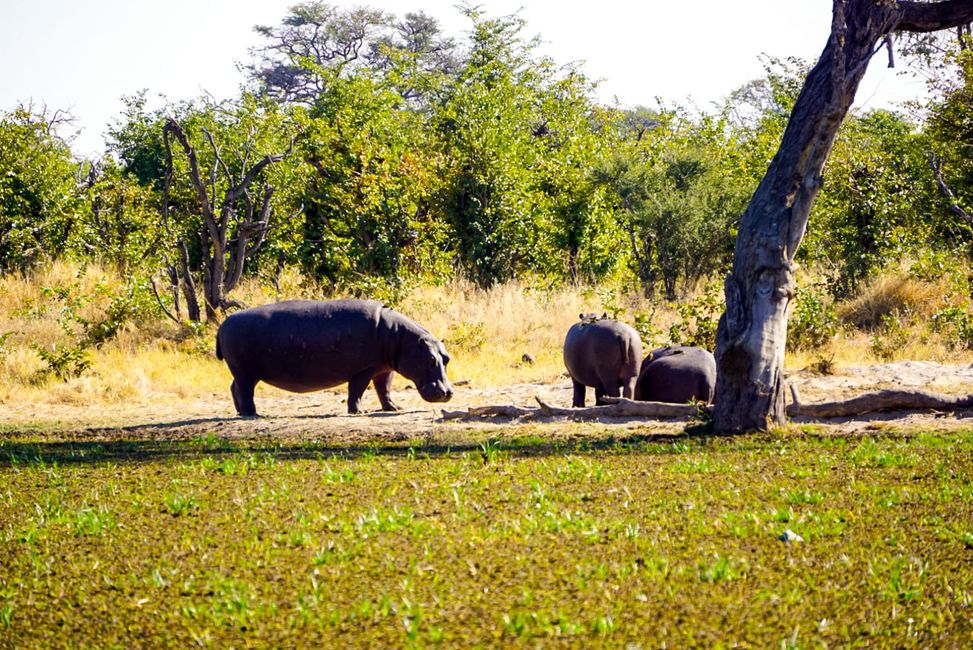
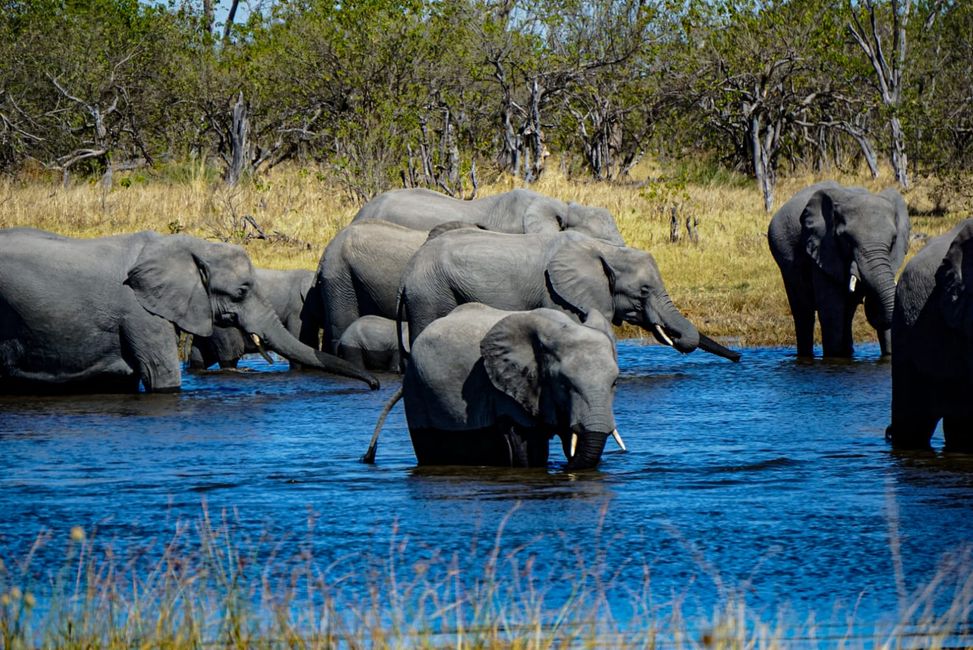
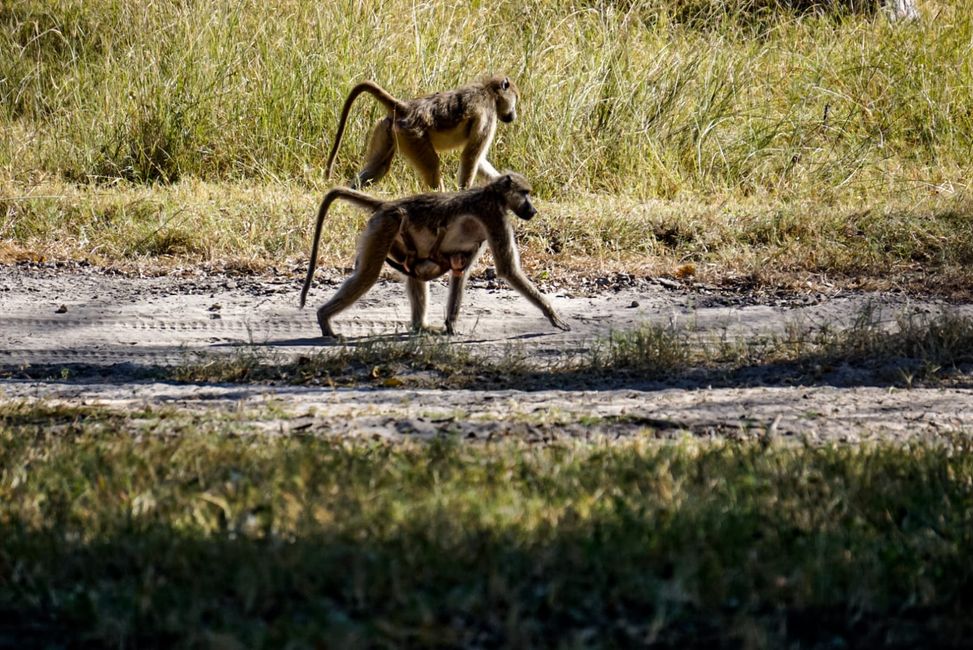
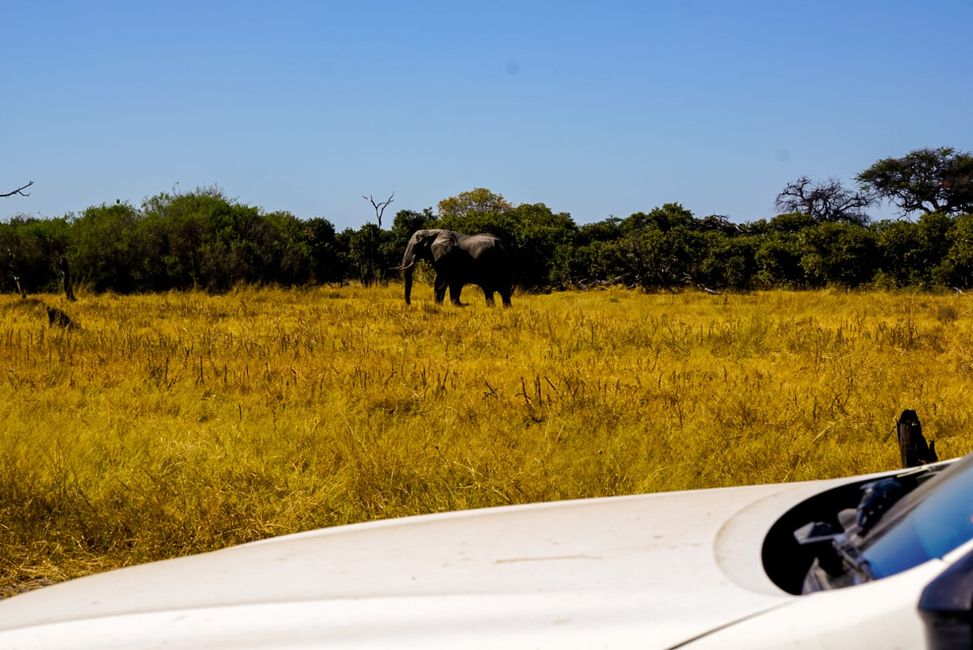
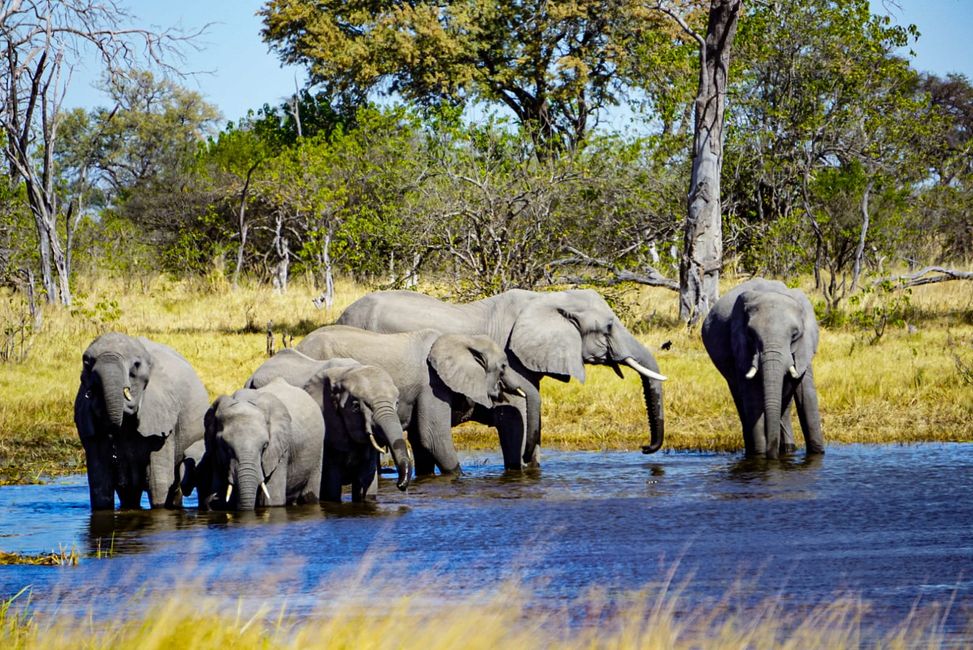
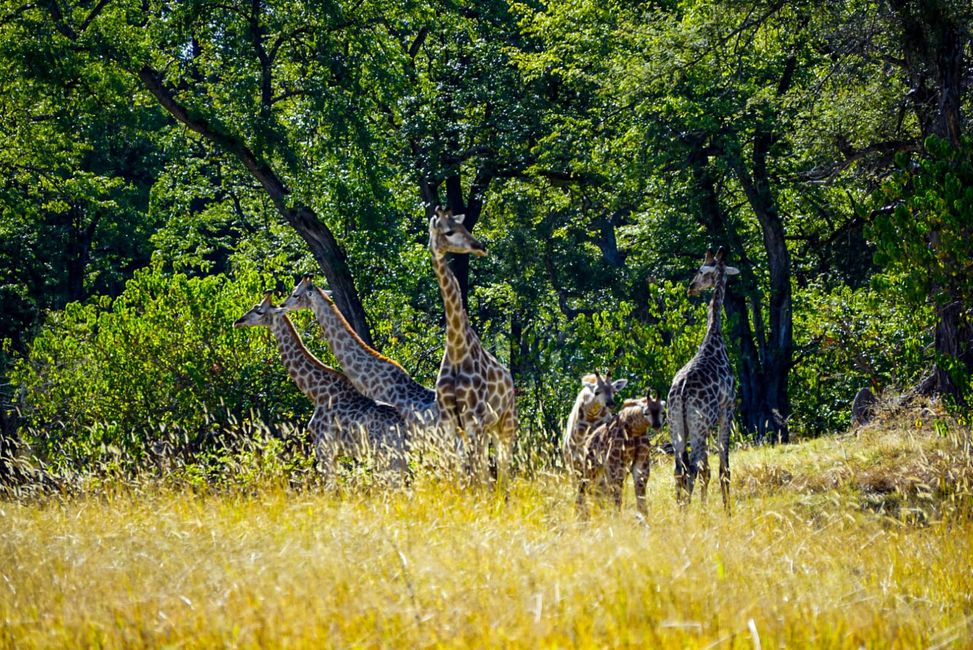
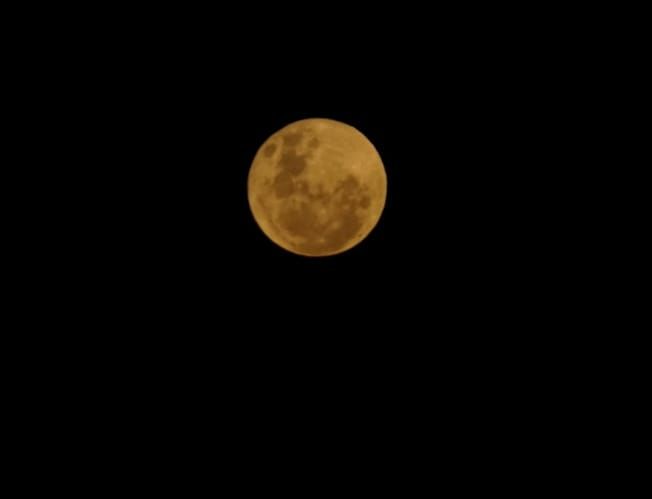
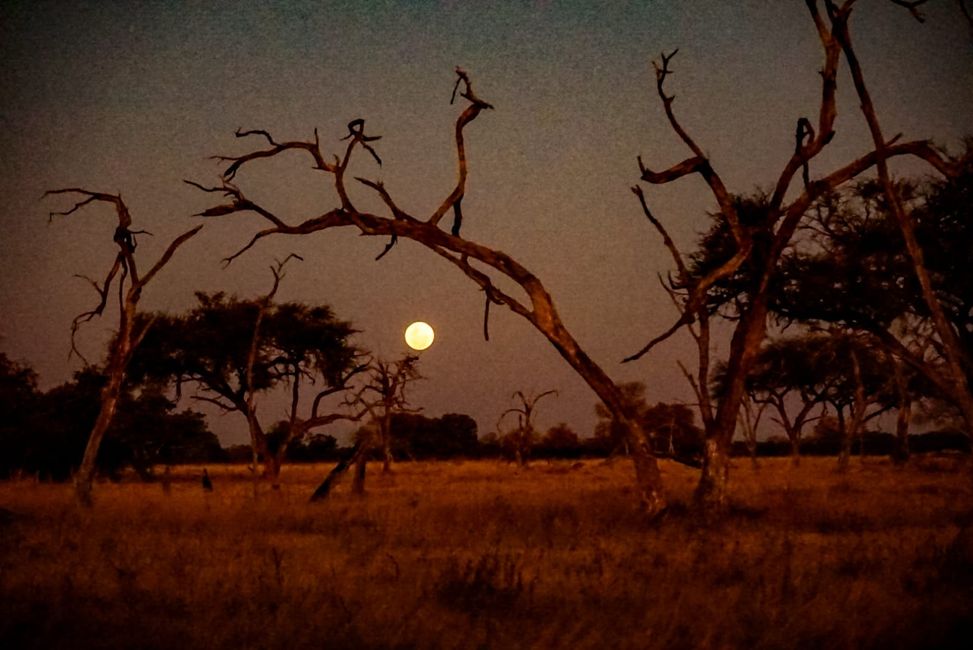
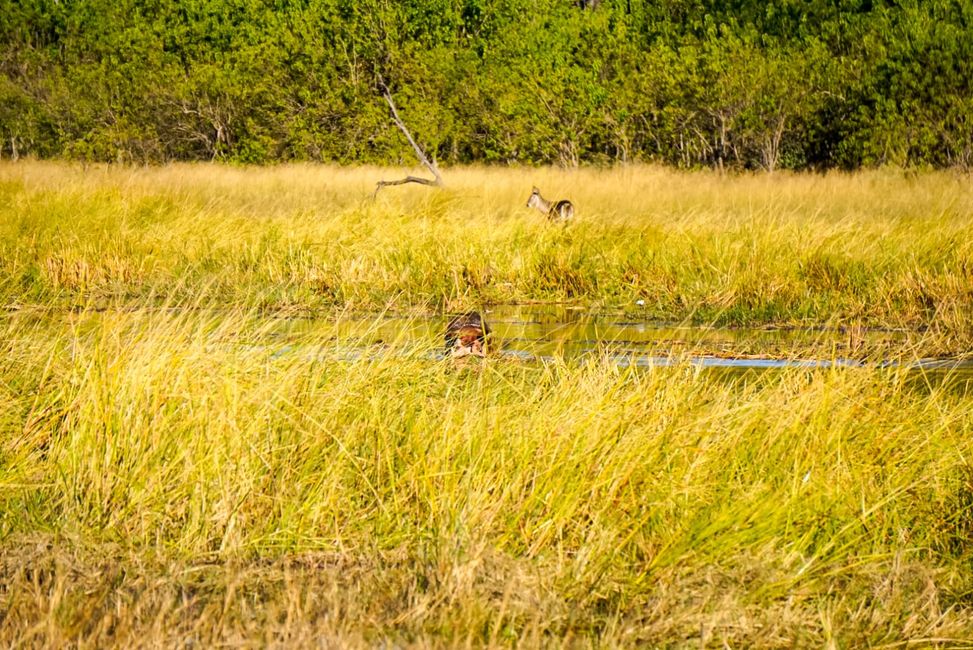
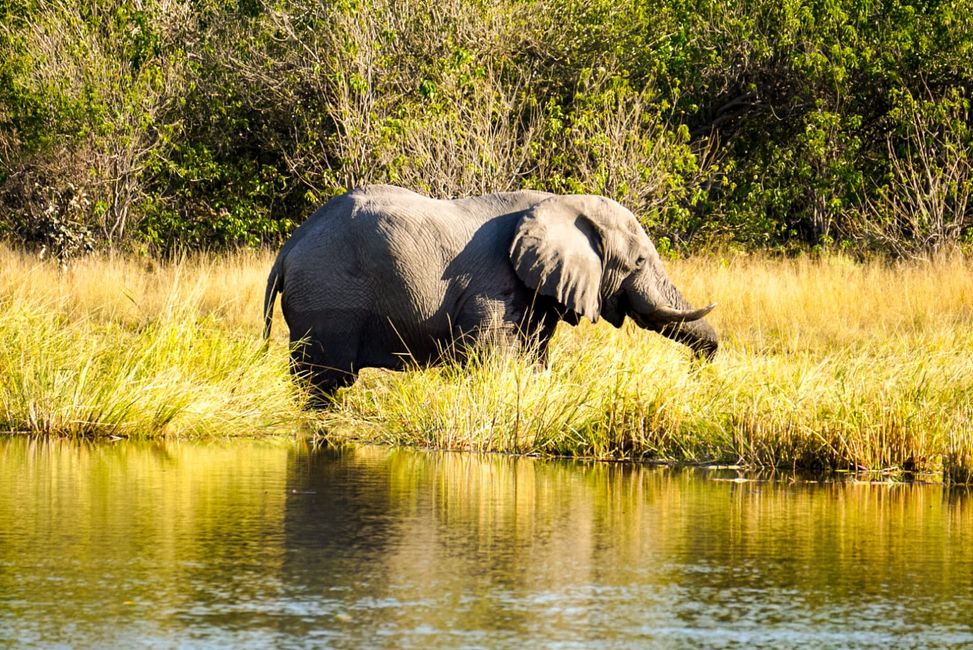
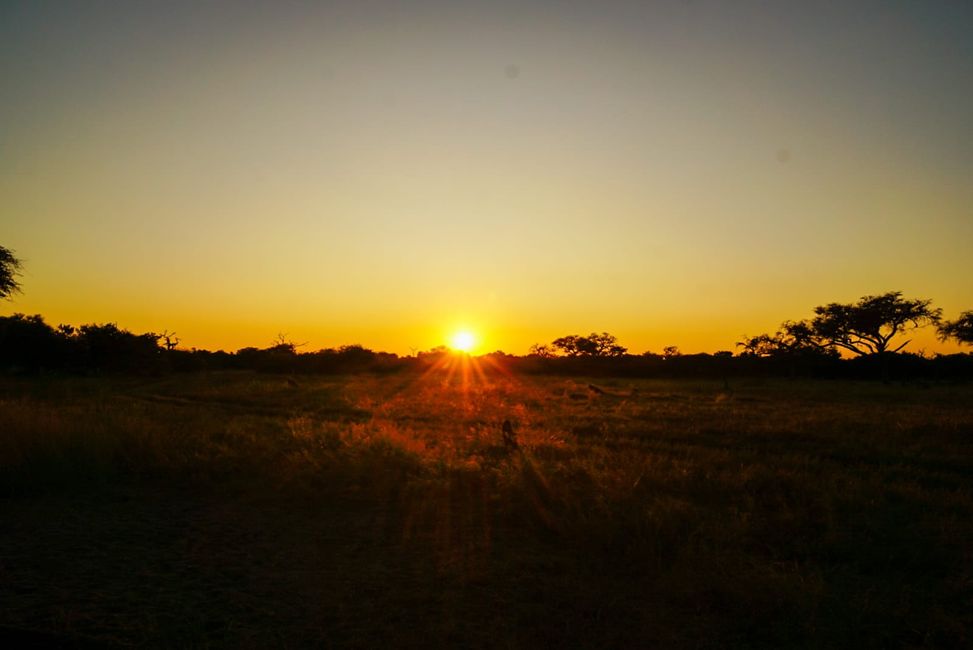
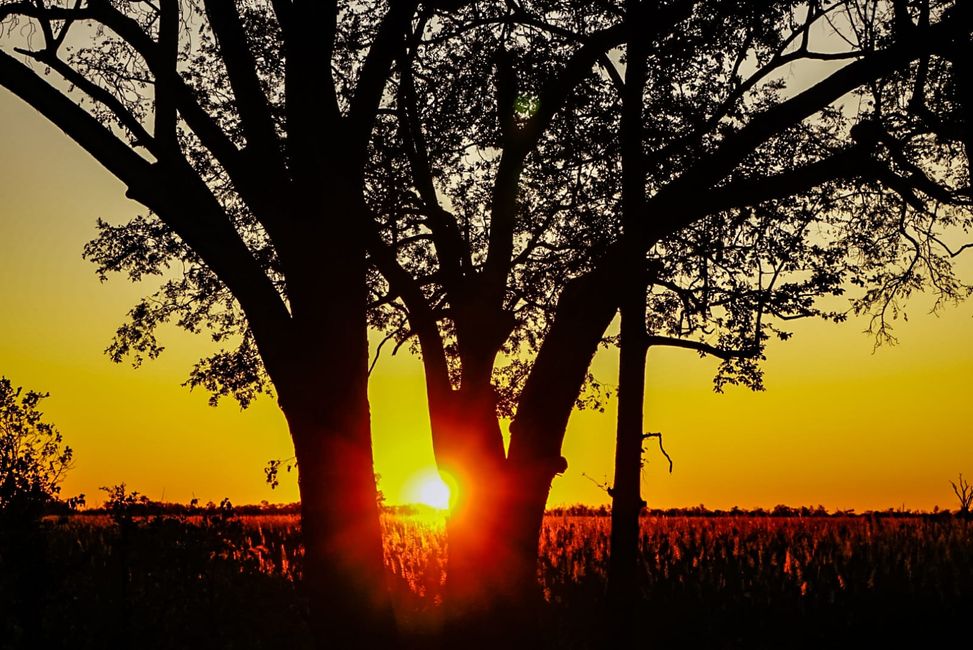
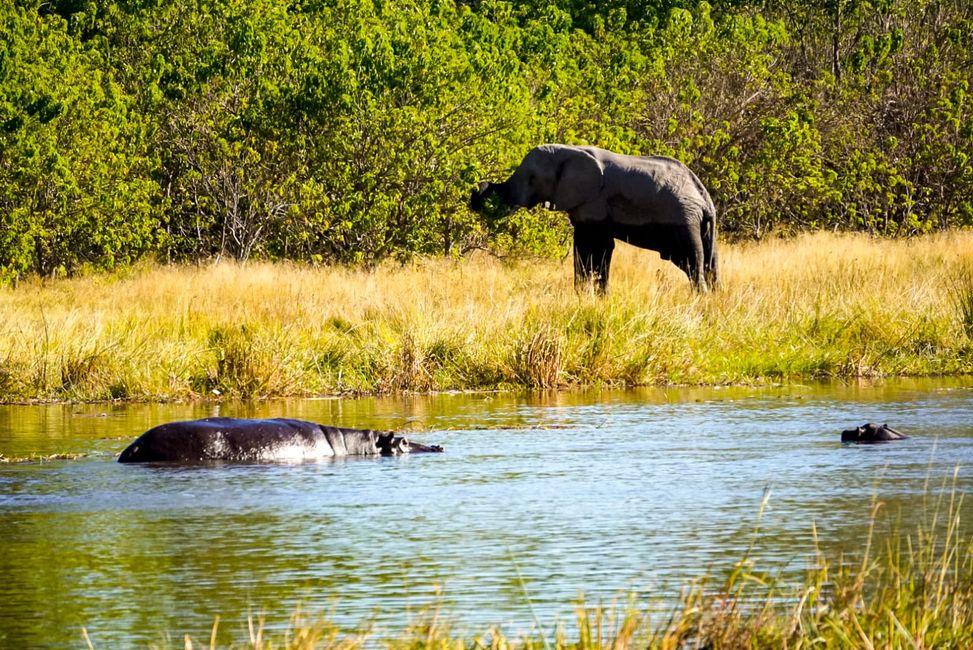
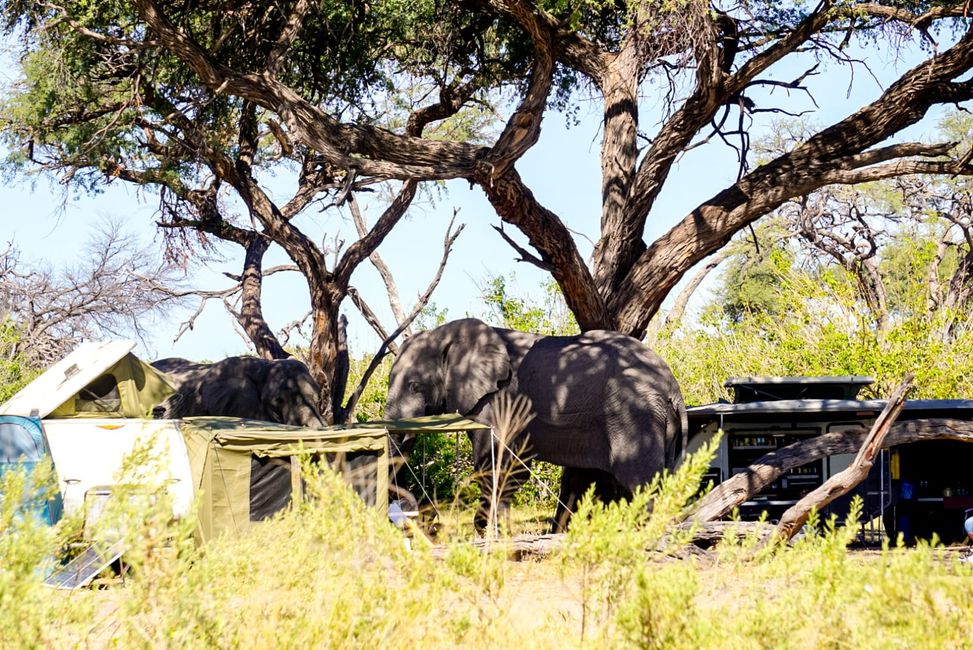
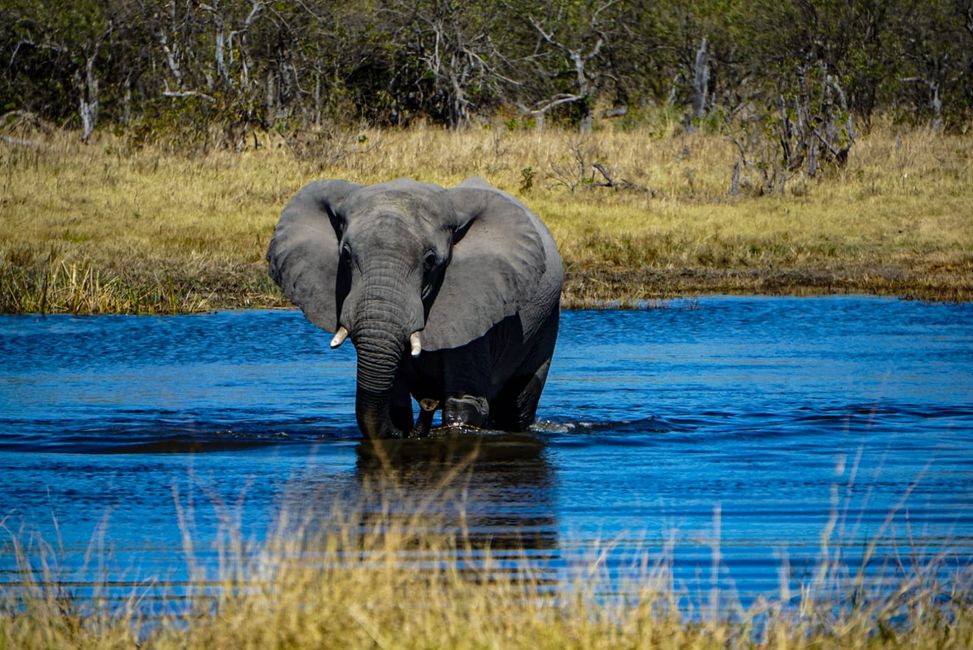
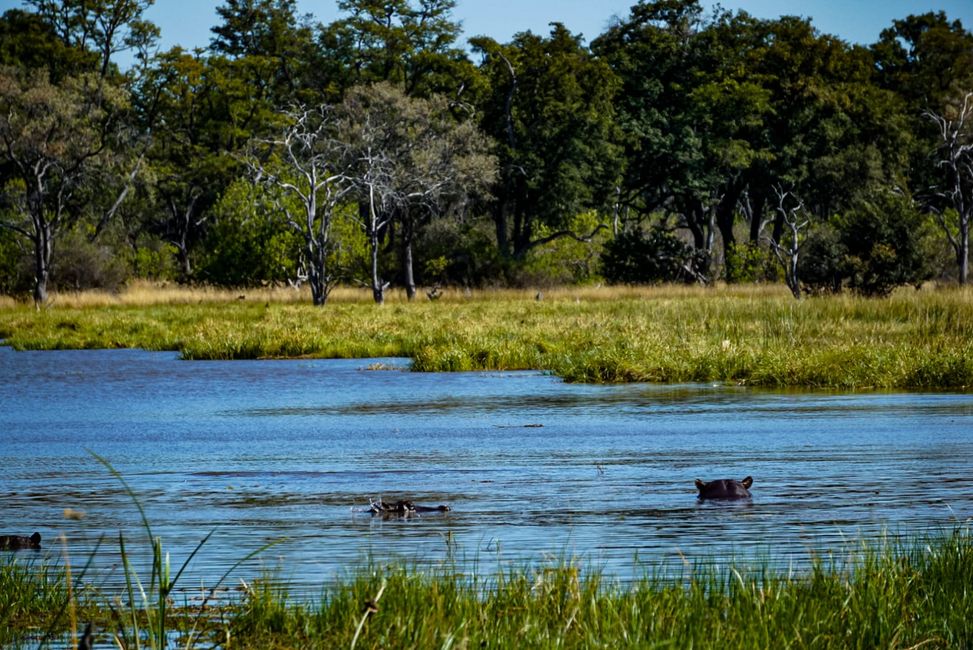
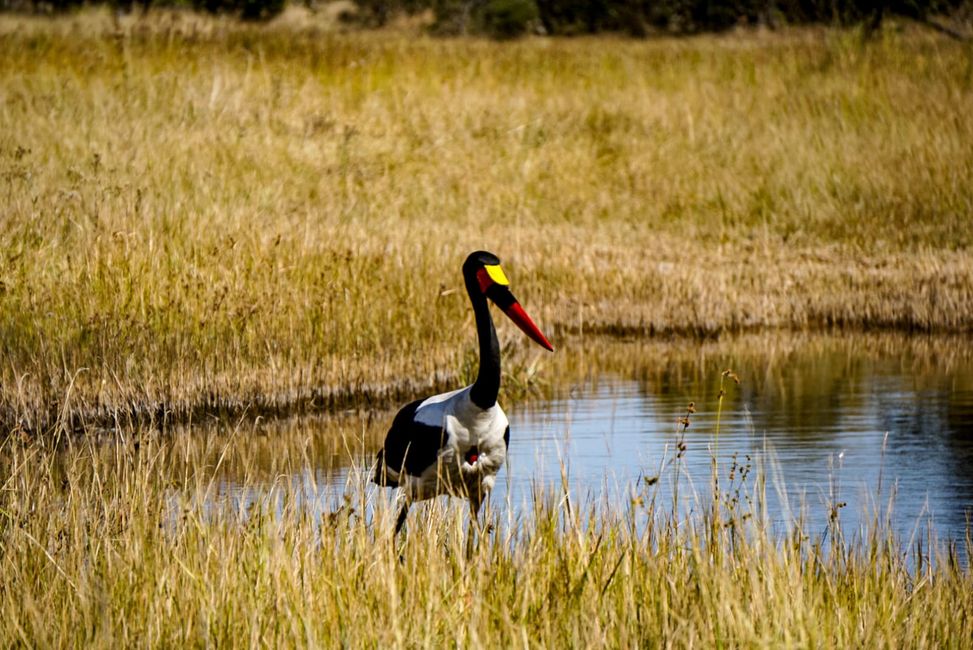
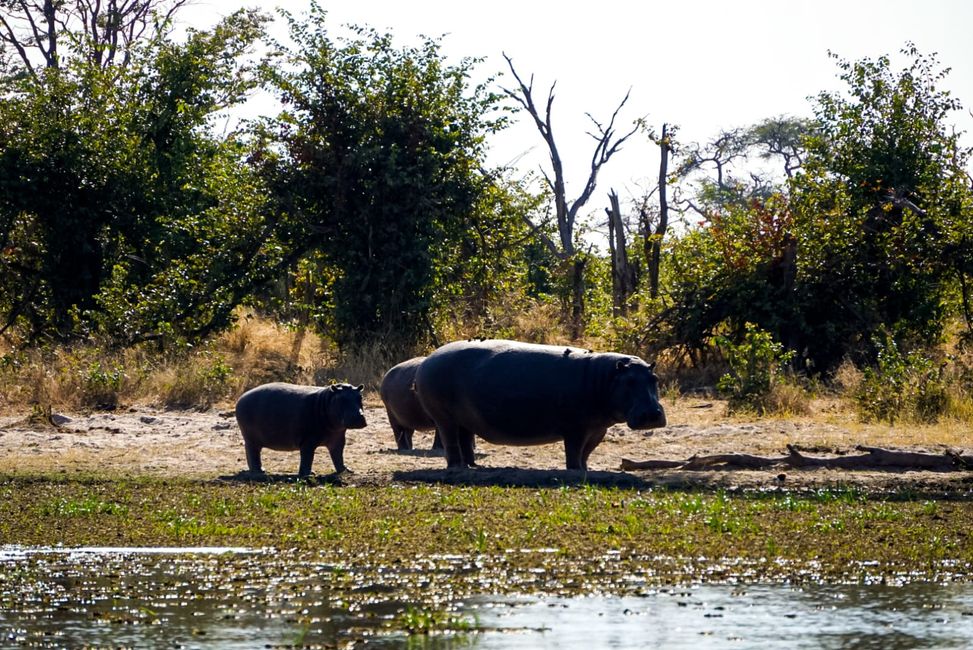
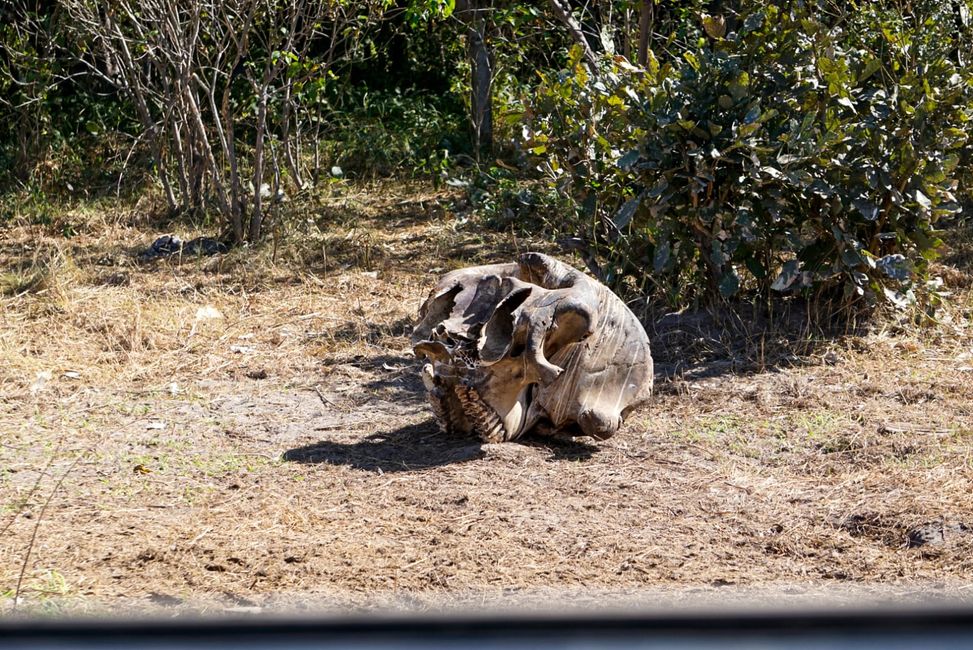
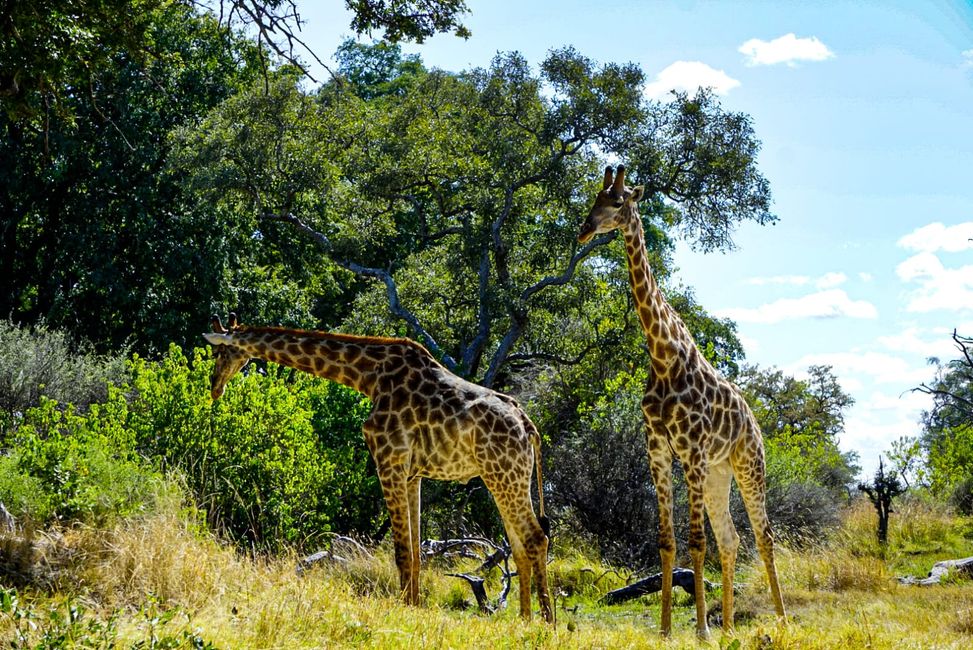
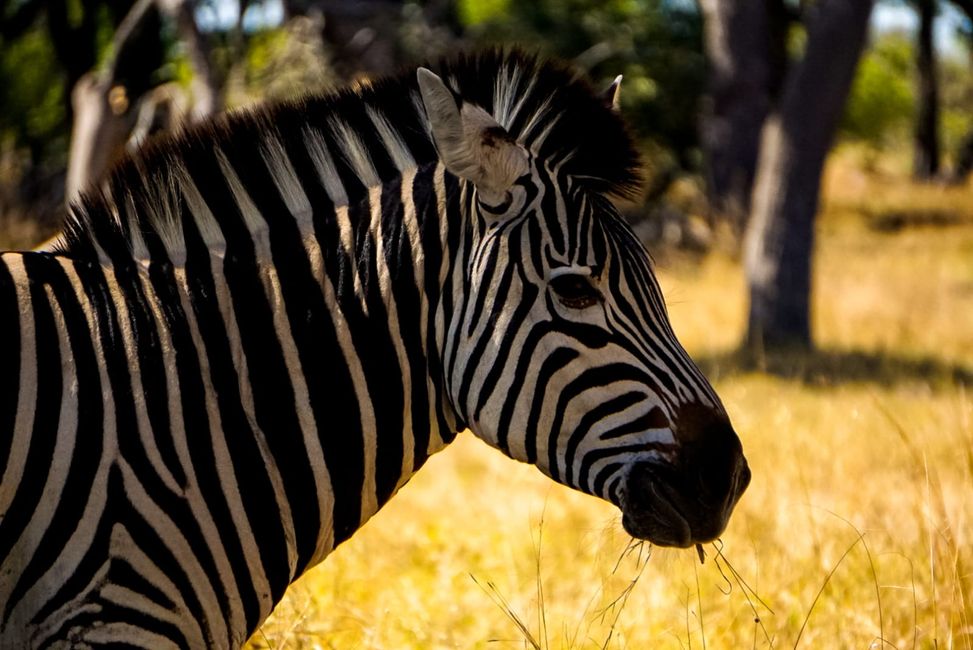
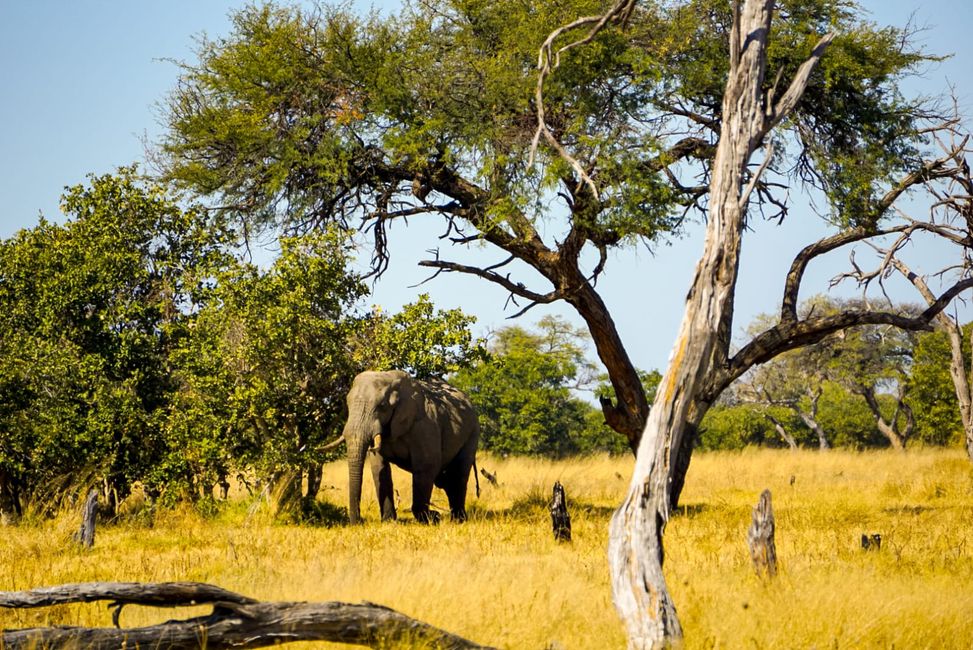
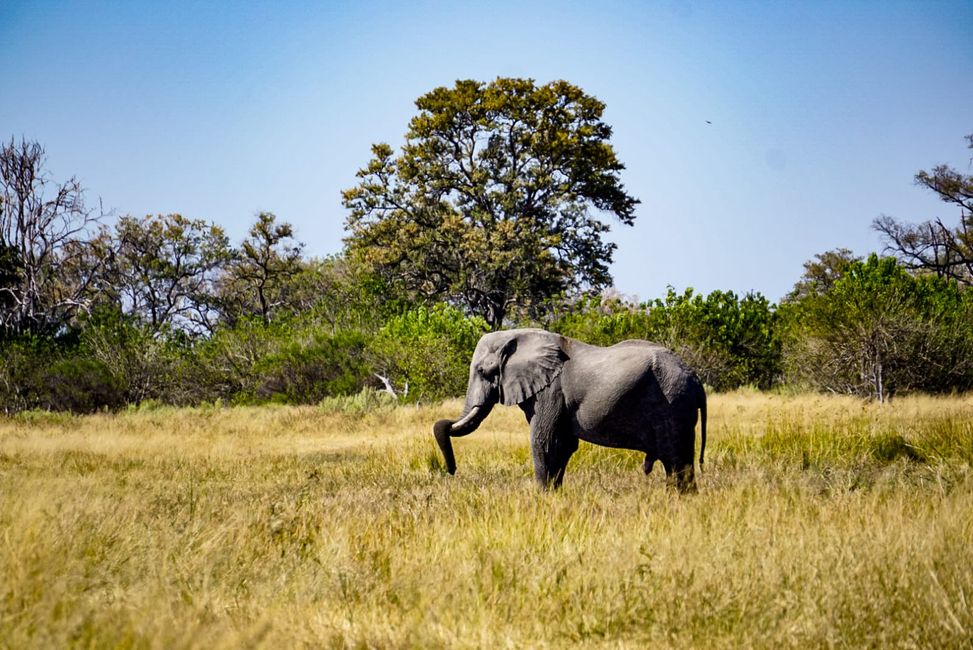
വാർത്താക്കുറിപ്പിലേക്ക് സബ്സ്ക്രൈബ് ചെയ്യുക
Botswana - Into the wild!
After almost six months, we left South Africa behind and headed into the wilds of Botswana. After just a few meters, we found ourselves in the middle of endless expanses, sandy surroundings, far away from civilization. For the first time since Namibia, we had to plan where to refuel and buy groceries. Gone are the times of huge supermarkets with a gigantic selection, green forests and mountains. Hello Kalahari Desert and African mini-villages!
Coming from the border crossing, we slowly make our way north, making stops at a rhino reserve and an endlessly vast salt pan before reaching our first major destination - the Central Kalahari Game Reserve. The Makgadikgadi and Nxai Pans are the biggest network of salt pans in the world, covering an area larger than Switzerland! Wherever you look, there is nothing but a flat salt pan as far as the eye can see. In this extreme vastness, which almost seems inhospitable, huge herds of zebras and antelopes roam, and even elephants are not uncommon. How they manage to survive hundreds of kilometers in a barren desert where nothing grows is an absolute mystery to us.
Central Kalahari Game Reserve (CKGR)
If you think of the Kalahari as purely a sandy desert, you are mistaken - at least in Botswana. The land is very flat, but covered with bushes, grass, and even trees. The former river beds have turned into small salt plains thousands of years ago, just like in the salt pans. Before we even manage to enter the CKGR, we drive for four hours on deep sand tracks and get a first idea of how incredibly vast the wildlife reserve actually is. With an area of 52,800 km², the CKGR is the second-largest wildlife reserve in the world and provides a peaceful home to giraffes, lions, leopards, black-backed jackals, fennec foxes, wildebeests, kudus, impalas, and many more animals. Since there are no cities nearby, you can see the Milky Way with the naked eye at night and lose yourself in the glowing starry sky for hours. However, you should avoid leaving the tent at night unless you want to encounter leopards or lions on the campsite. It feels strange to be in the tent at 6 p.m., but we don't really want to be eaten by lions. Unfortunately, we are not lucky with the big cats during daytime either, and for three days we only see giraffes and antelopes. Luckily, we will have plenty of opportunities for safaris in the Okavango Delta.
Okavango Delta
The Okavango Delta is the tourist hotspot of Botswana. There are dozens of lodges in the delta that are completely unaffordable for us and can only be reached by small propeller planes. At that point, you can tell that Botswana mainly focuses on as few, as wealthy as possible tourists who are supposed to spend as much money as possible in the country in a short time. Even campsites that have nothing - and we mean literally nothing, not even a toilet! - can cost up to 50 US dollars per person per night. So it's not that bad to travel through the country in just two weeks.
But now to the beautiful part: The Okavango Delta is really popular for a reason. We just managed to get a campsite within the Moremi Game Reserve - even though we didn't book a year in advance as recommended, but relatively spontaneously last month - and explore the small part of the reserve that can be reached by car from there. With over 20,000 km², the Okavango Delta is one of the largest and most wildlife-rich wetlands in Africa and has been a UNESCO World Heritage Site since 2014. Good to know: The delta is considered the first place in Africa where people settled and discovered livestock farming.
The Moremi Game Reserve and the Chobe National Park are located in the delta. We spend a week at various bush campsites in Moremi, while Chobe was unfortunately already fully booked. Maybe we can visit it again on our way to Victoria Falls in a few weeks. While Chobe is known for its abundance of elephants - the park is home to about 60,000 elephants! - there are also countless hippos to discover in Moremi. Although the rainy season ended a few months ago, the water level keeps rising through the Okavango until July, so we can't drive on a relatively large part of the roads. But that's not a problem at all, because instead, the animals come to visit us directly at our campsite! Just when you want to warm up by the campfire, a family of hippos with two little baby hippos pays you a visit, only about twenty meters away. Luckily, the animals were very relaxed, because they are considered even more dangerous than the Big Five for a good reason. Or when you want to cook something and attract a few elephants while chopping vegetables. But at night, you should definitely avoid leaving the tent if you don't want to meet hyenas directly. Maxi can tell you a thing or two about that. So it's better to go for a roof tent safari.
വാർത്താക്കുറിപ്പിലേക്ക് സബ്സ്ക്രൈബ് ചെയ്യുക
ഉത്തരം
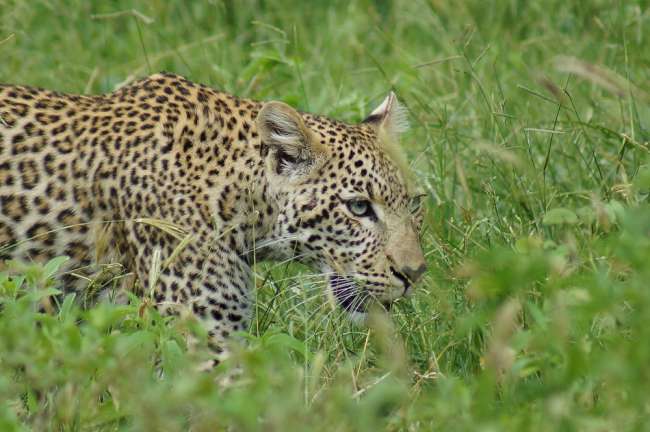
യാത്രാ റിപ്പോർട്ടുകൾ ബോട്സ്വാന
